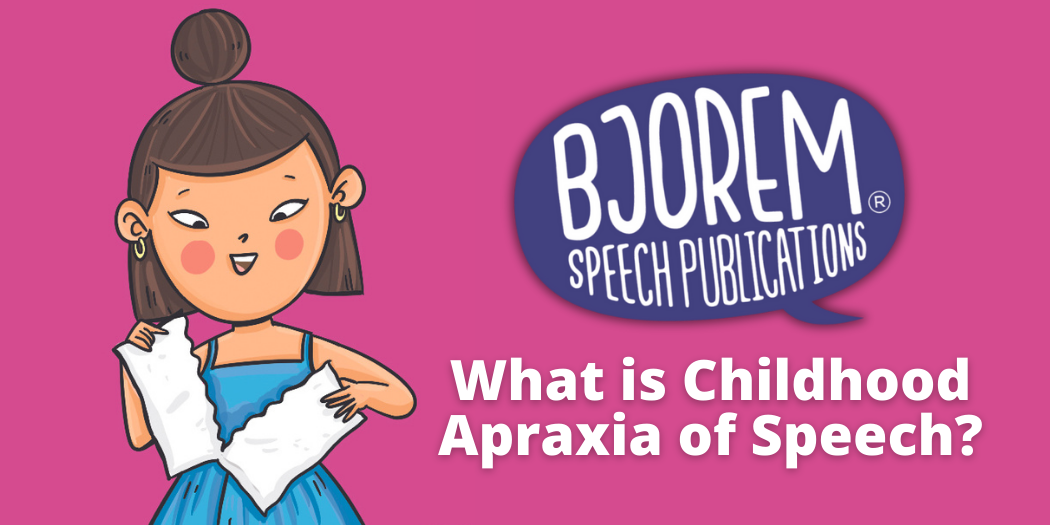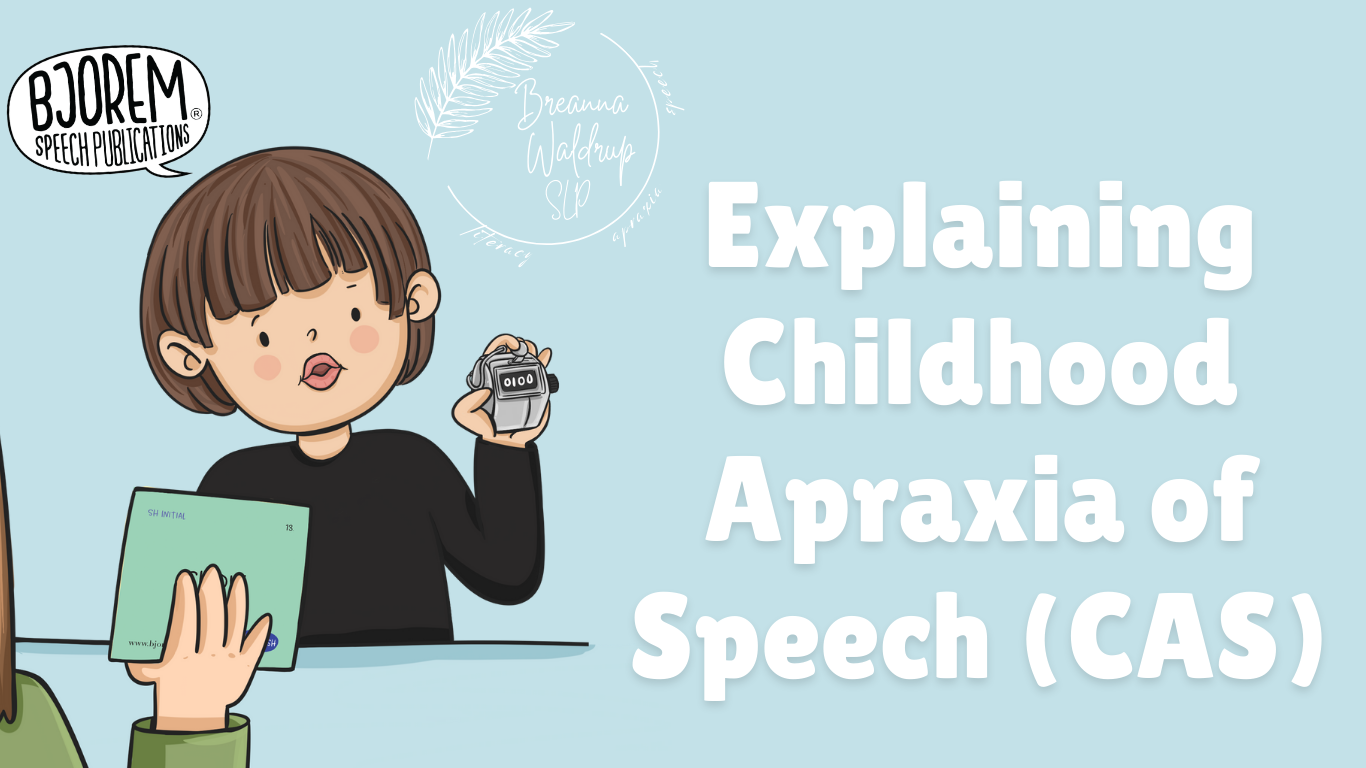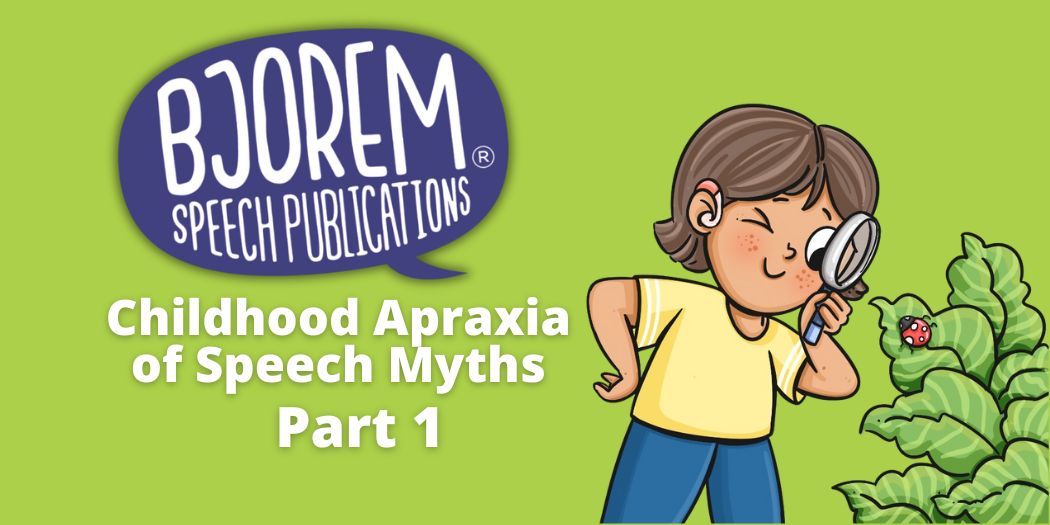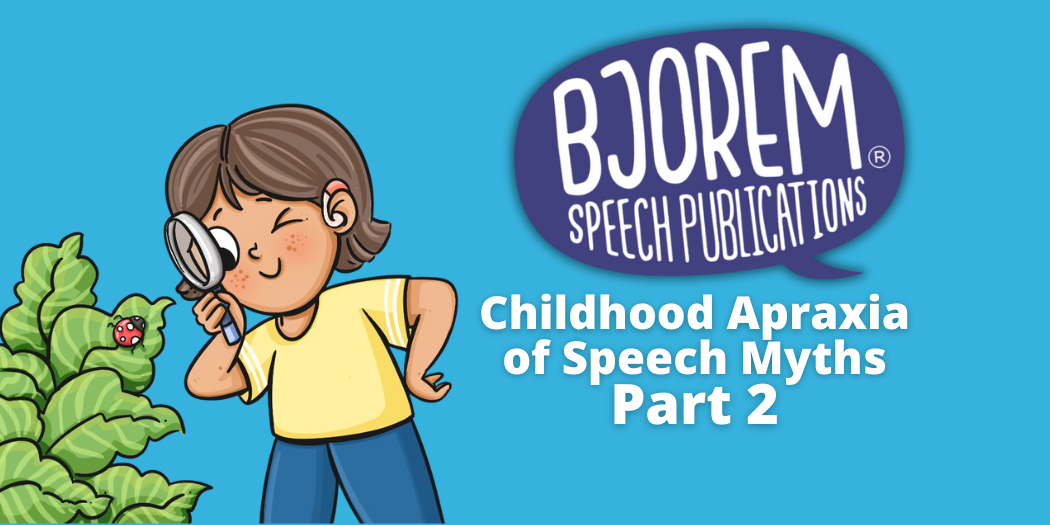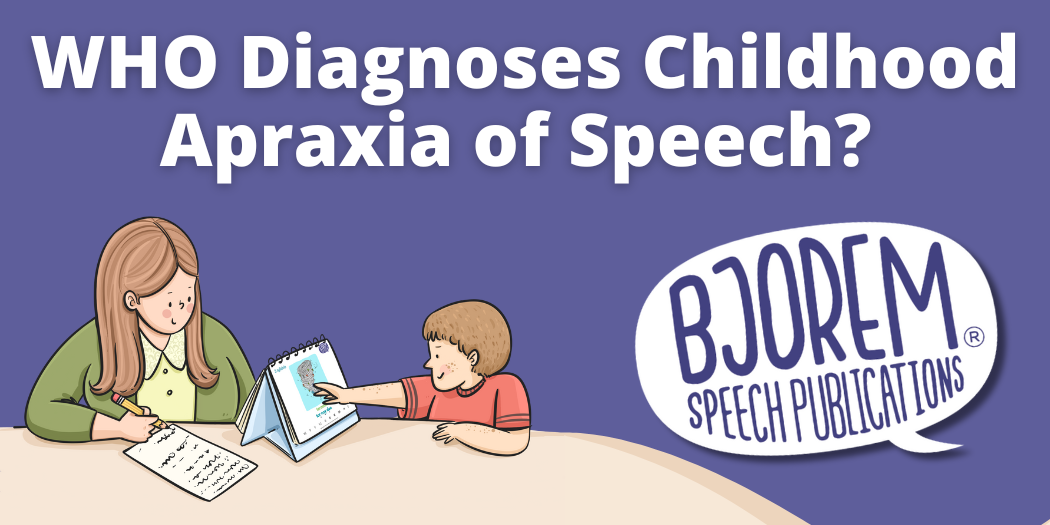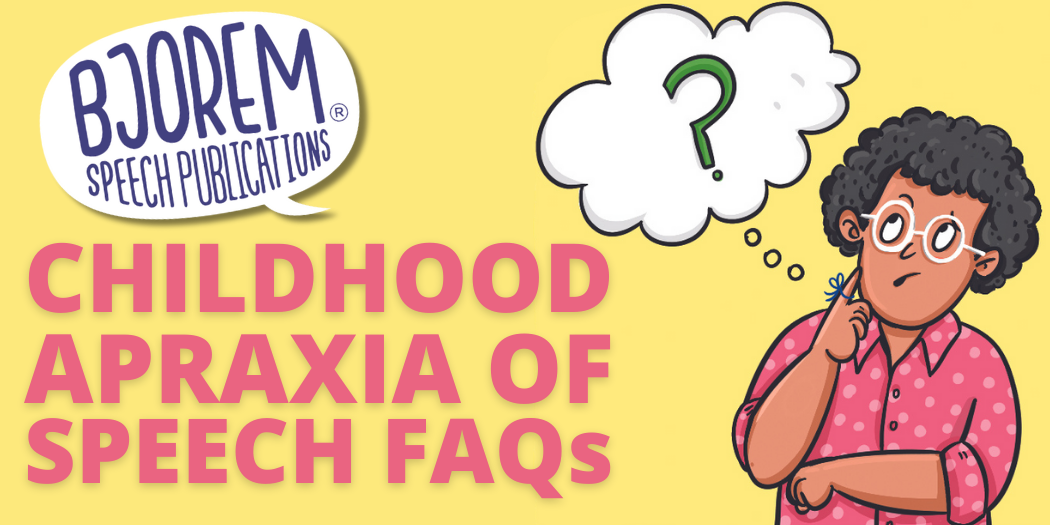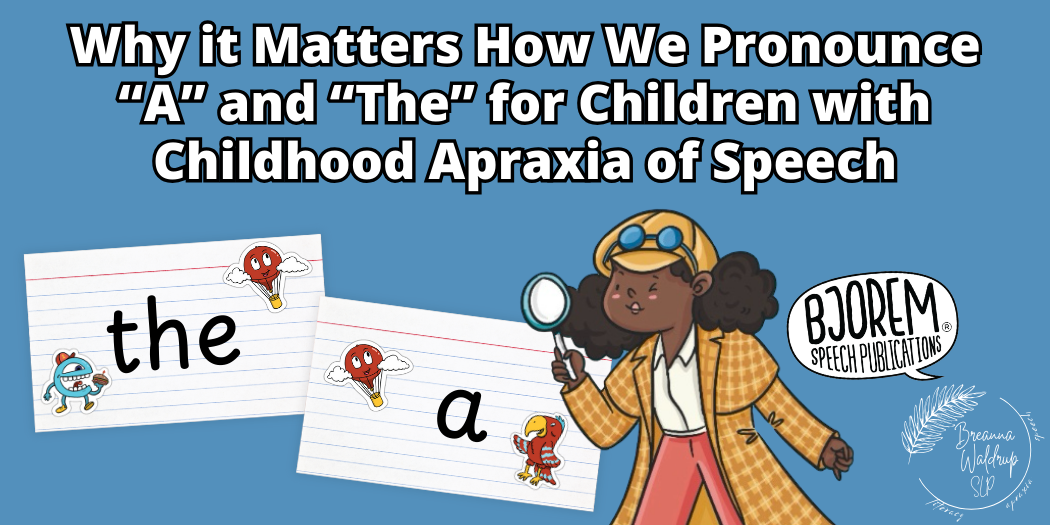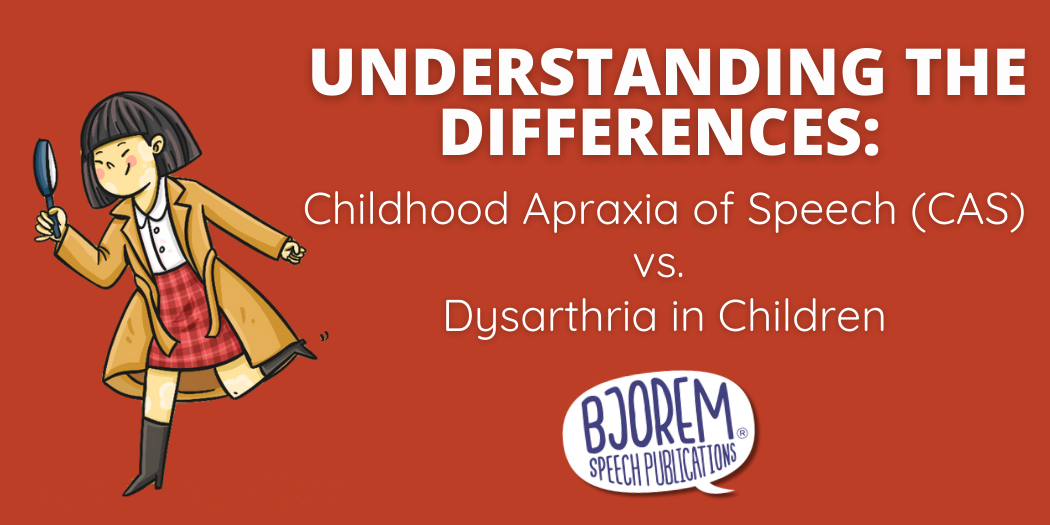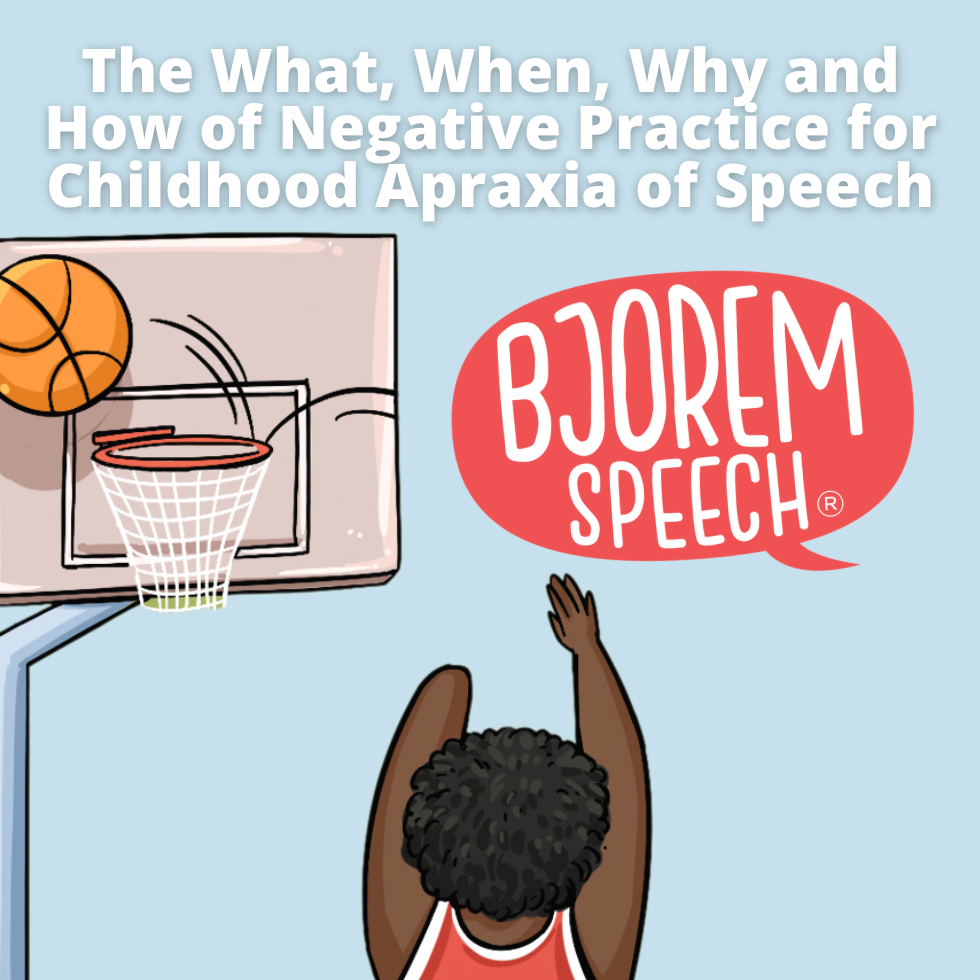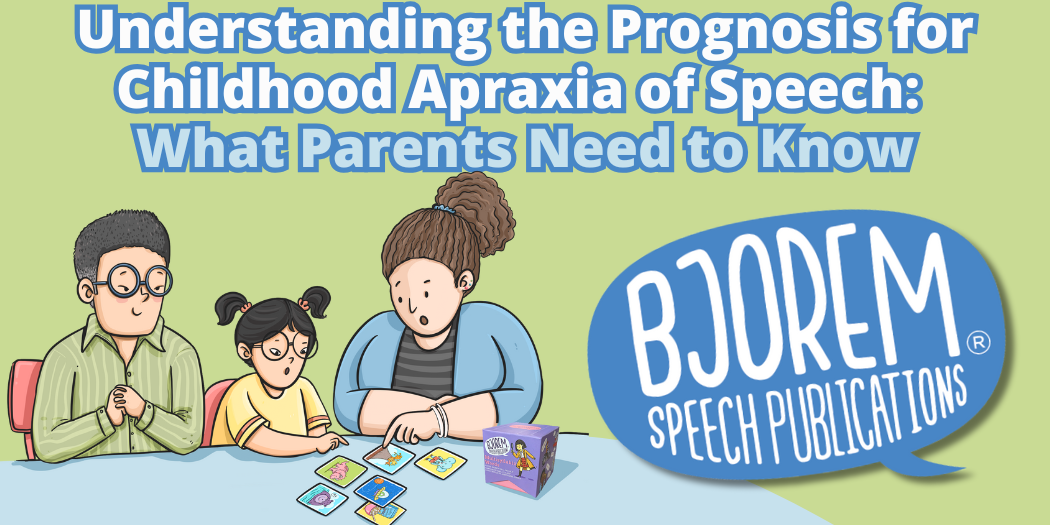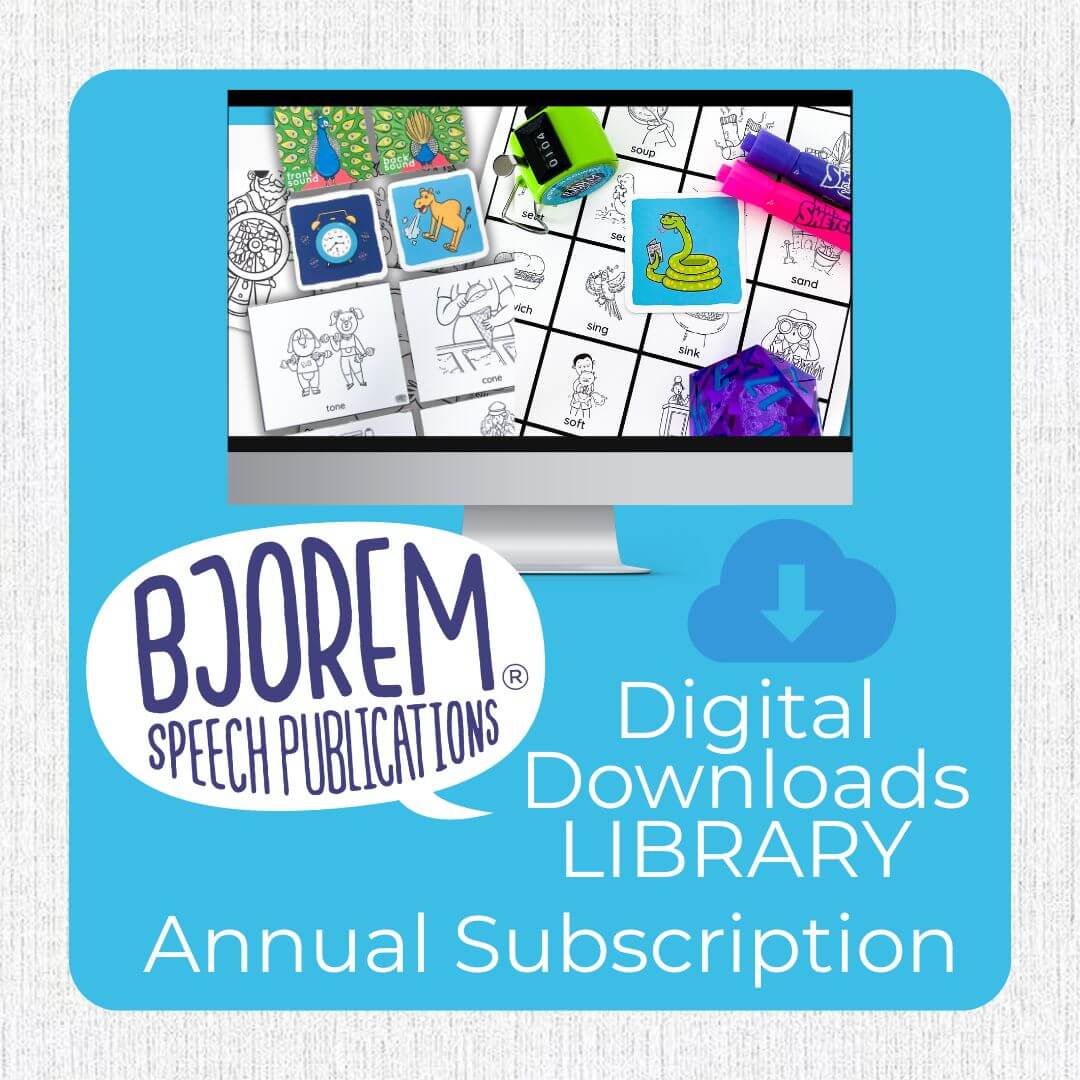1. DTTC with Young Children: Grigos et al. (2024)
A multiple single-case design study examined the effect of DTTC on seven children aged 2.5–5 years with CAS. Following six weeks of intervention, most children showed significant improvements in treated word accuracy as well as generalization to untreated words. Gains were maintained at six-week follow-up, with some children showing generalization to words with shared syllable shapes.
2. DTTC Is a Strong Evidence-Based Motor-Based Treatment
Medical and clinical summaries consistently cite DTTC as one of the most strongly supported motor learning treatments for CAS, grounded in principles of motor learning and tactile cueing.
3. High Dose Frequency in CAS Treatment is Key Luzzini-Seigel et al. (2023)
Luzzini‑Seigel and colleagues compared high vs. low dose frequency DTTC intervention for children with CAS. The high frequency dosage group showed faster gains (within 6 weeks) was expected to produce more robust maintenance and generalization of gains over time than low-frequency. The trial emphasizes DTTC’s prominence in current clinical research.
Iuzzini‑Seigel, J., Hogan, T. P., & Green, J. R. (2017).Speech inconsistency in children with childhood apraxia of speech, language impairment, and speech delay: Depends on the stimuli.Journal of Speech, Language, and Hearing Research, 60(5), 1194–1210.
Iuzzini-Seigel, J., Allison, K. M., & Stoeckel, R. (2022). A tool for differential diagnosis of childhood apraxia of speech and dysarthria in children: A tutorial.Language, Speech, and Hearing Services in Schools, 53(4), 926–946.
Maas, E., & Farinella, K. (2012). Random versus blocked practice in treatment for childhood apraxia of speech. Journal of Speech, Language, and Hearing Research, 55(2), 561–578.
Maas, E., Gildersleeve-Neumann, C. E., Jakielski, K. J., & Stoeckel, R. (2014). Principles of motor learning in treatment of motor speech disorders in children.American Journal of Speech-Language Pathology, 23(3), 408–423.
Miccio, A. W., & Elbert, M. (1996). Enhancing stimulability: A treatment program.Journal of Speech and Hearing Research, 39(5), 1025–1038
Shriberg, L. D., Strand, E. A., Fourakis, M., Jakielski, K. J., Hall, S. D., Karlsson, H. B., & Wilson, D. L. (2017). A diagnostic marker to discriminate childhood apraxia of speech from speech delay: III. Theoretical coherence of the pause marker with speech processing deficits in childhood apraxia of speech. Journal of Speech, Language, and Hearing Research, 60(4), S1135–S1152.
Strand, E. A. (2017). Appraising apraxia: When a speech-sound disorder is severe, how do you know if it's childhood apraxia of speech? The ASHA Leader, 22(4), 50–58.









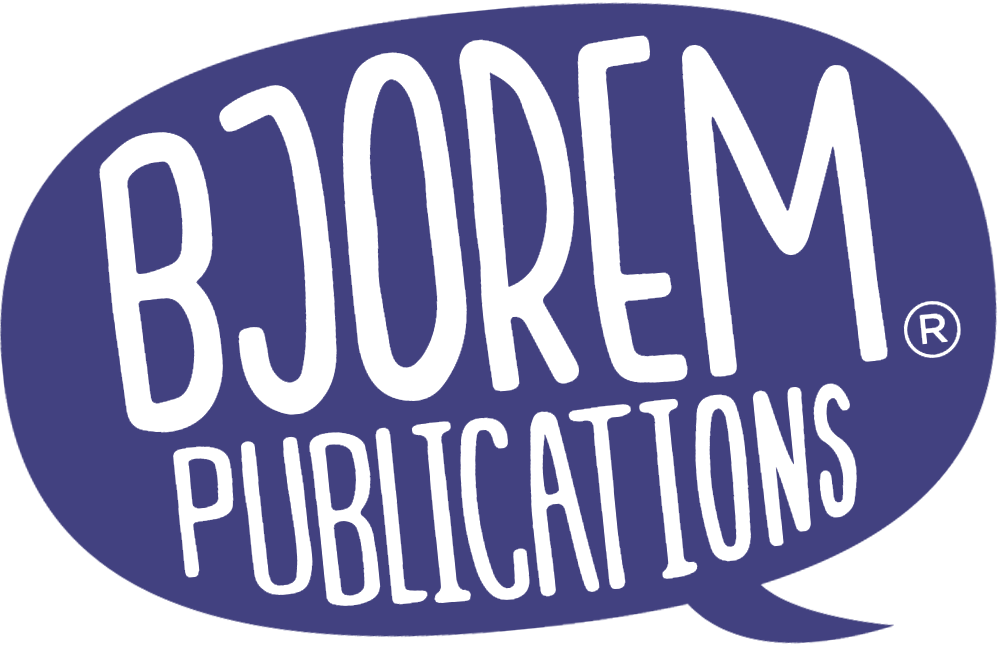
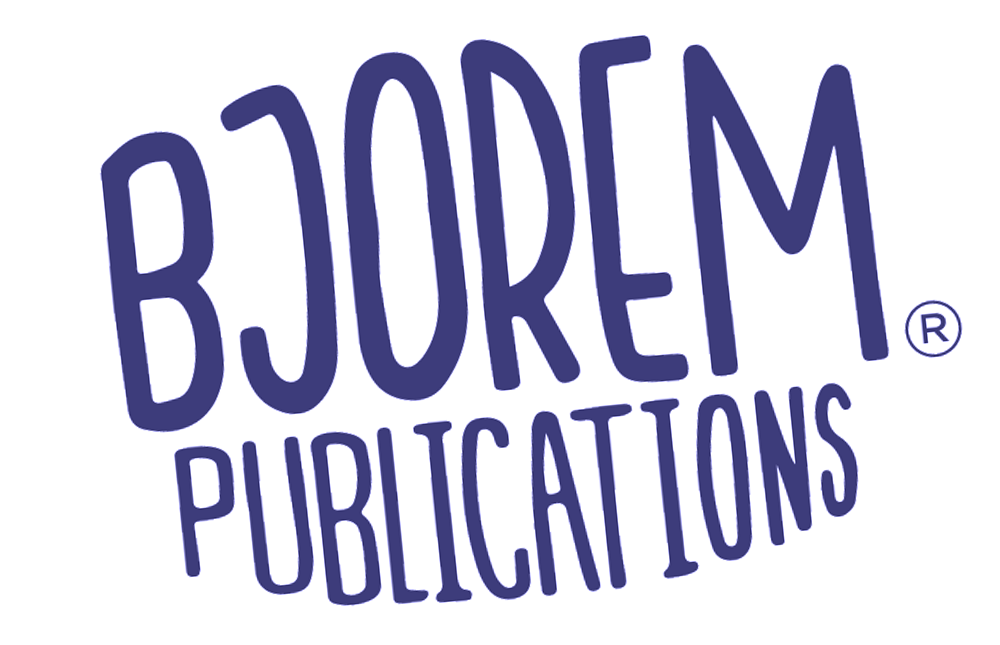
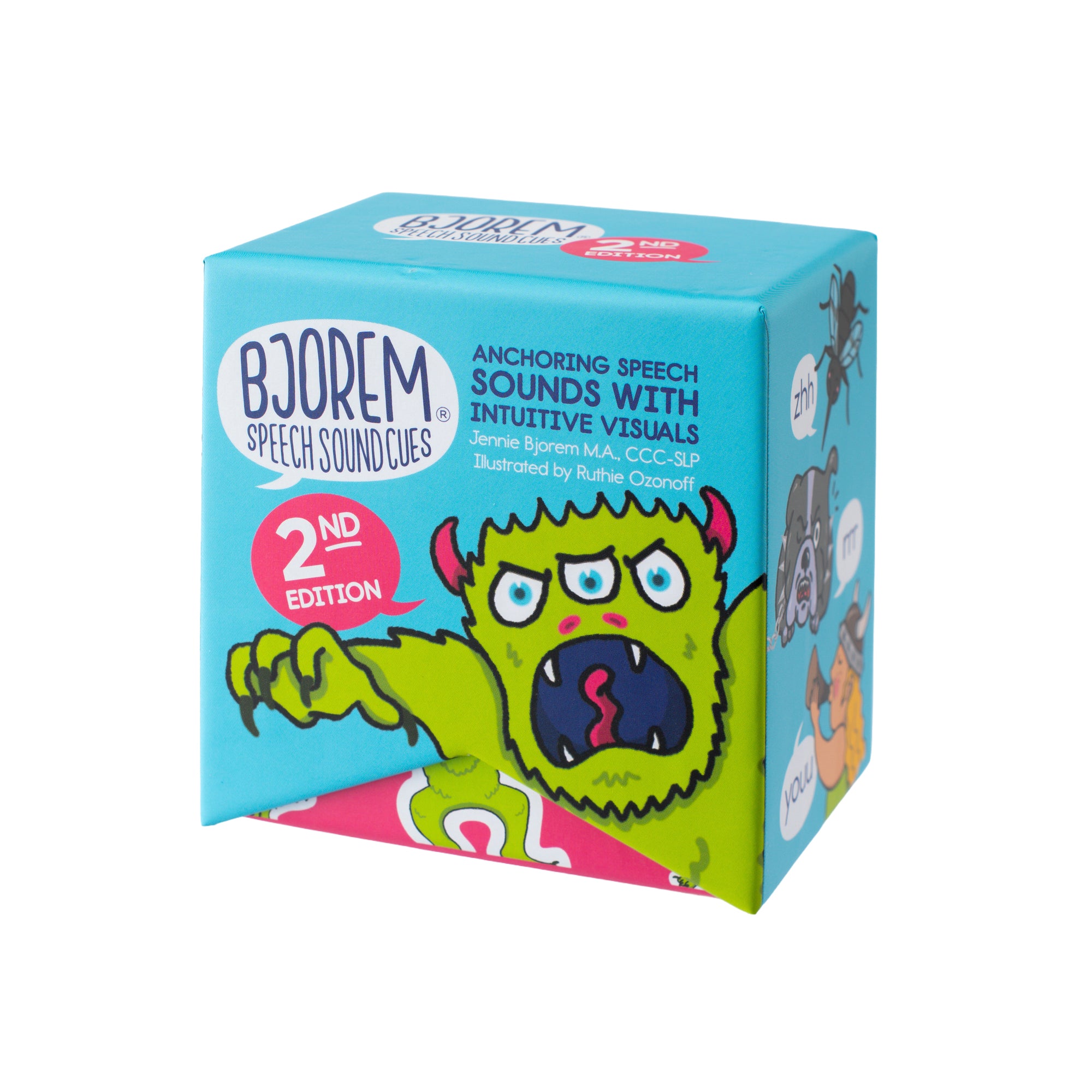

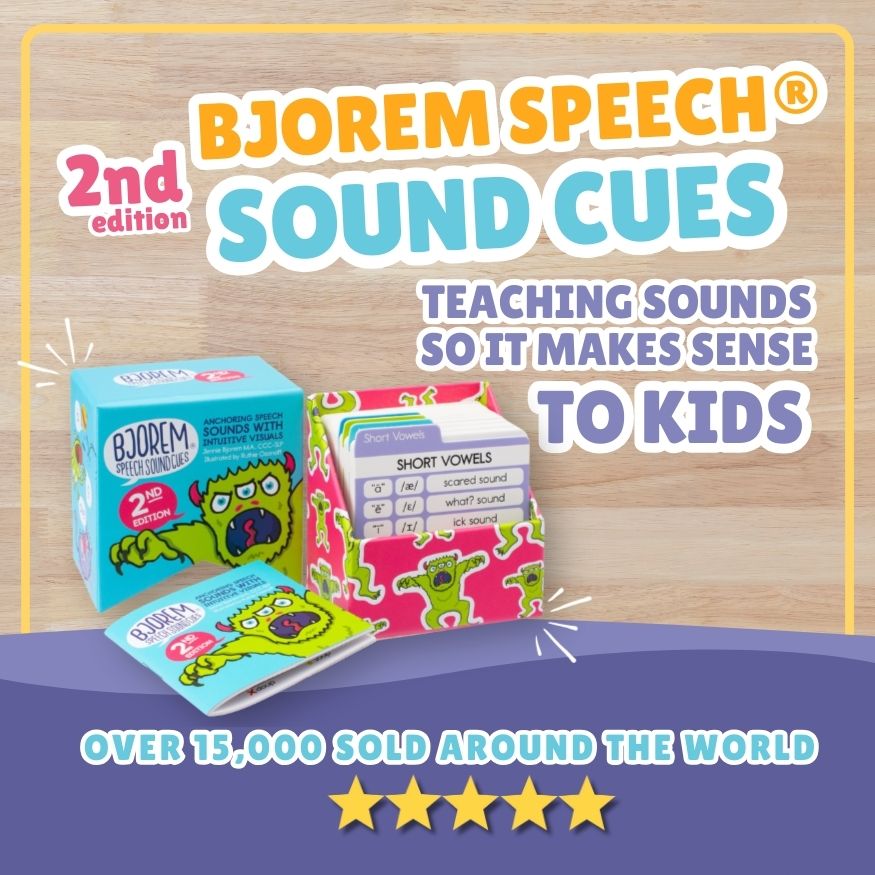
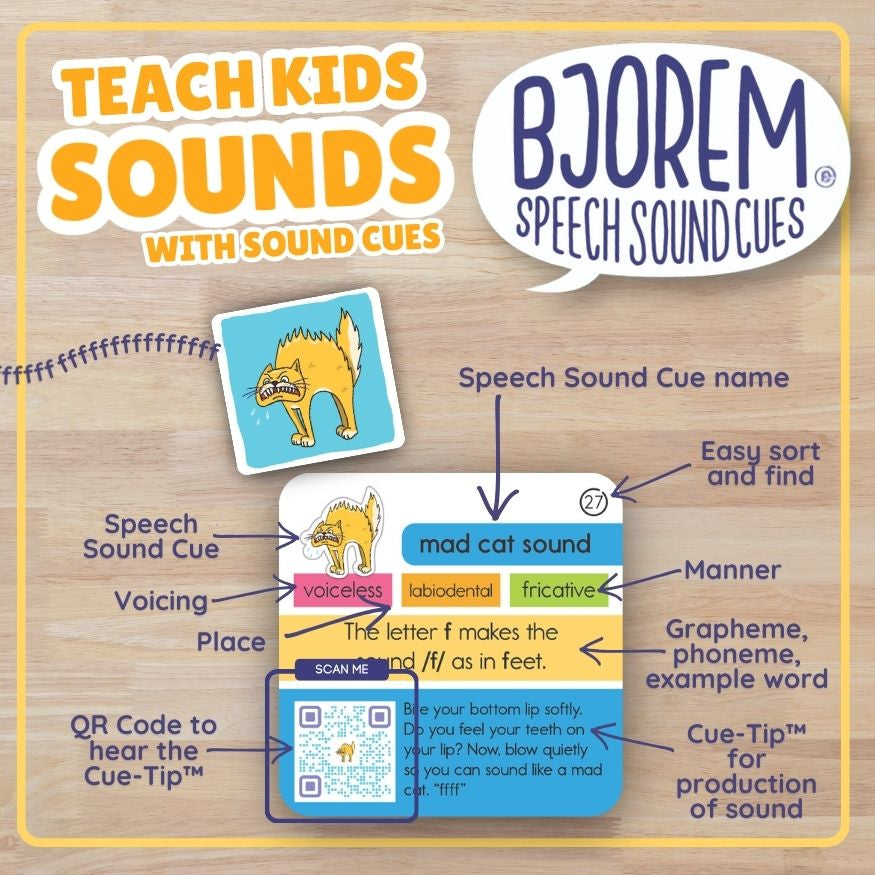
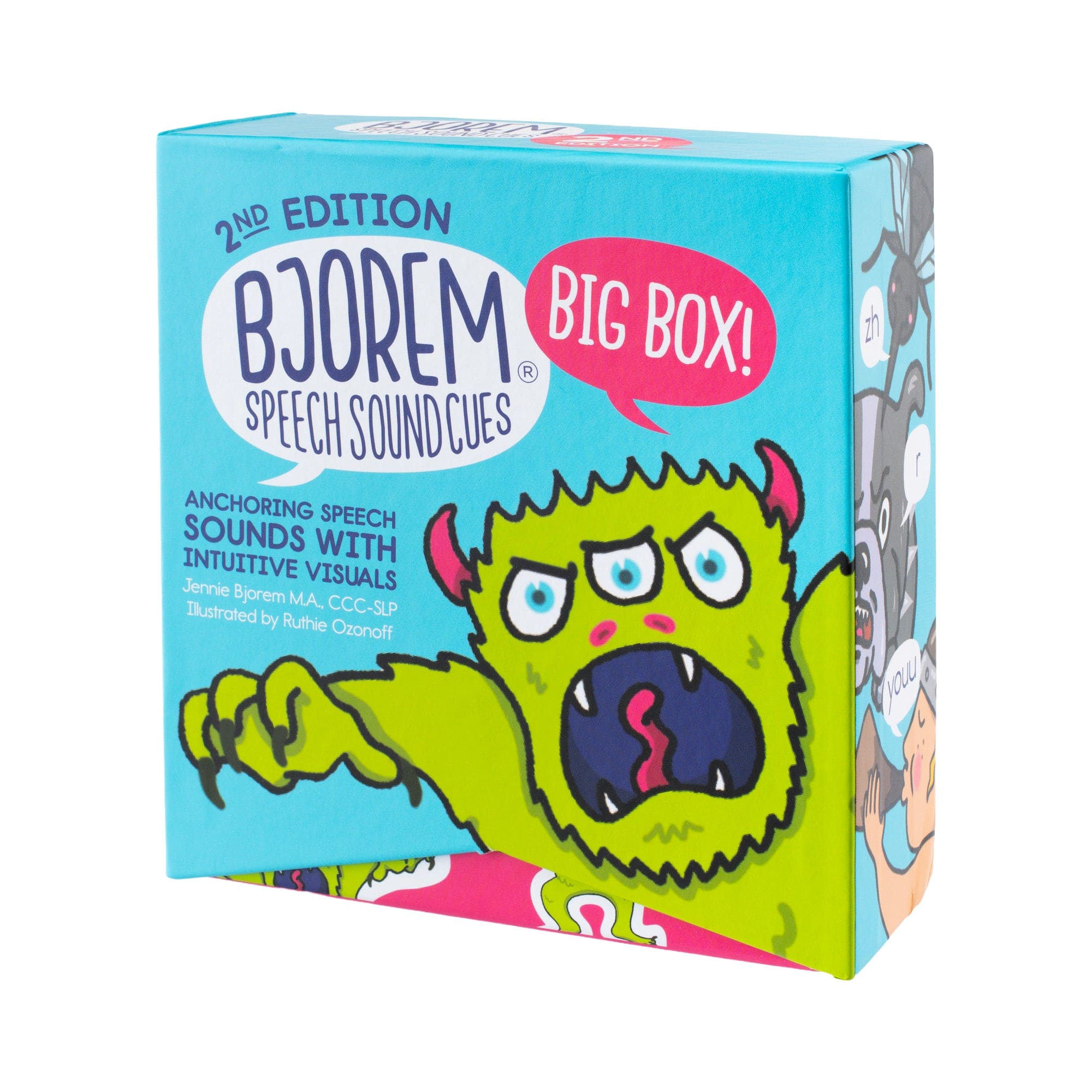


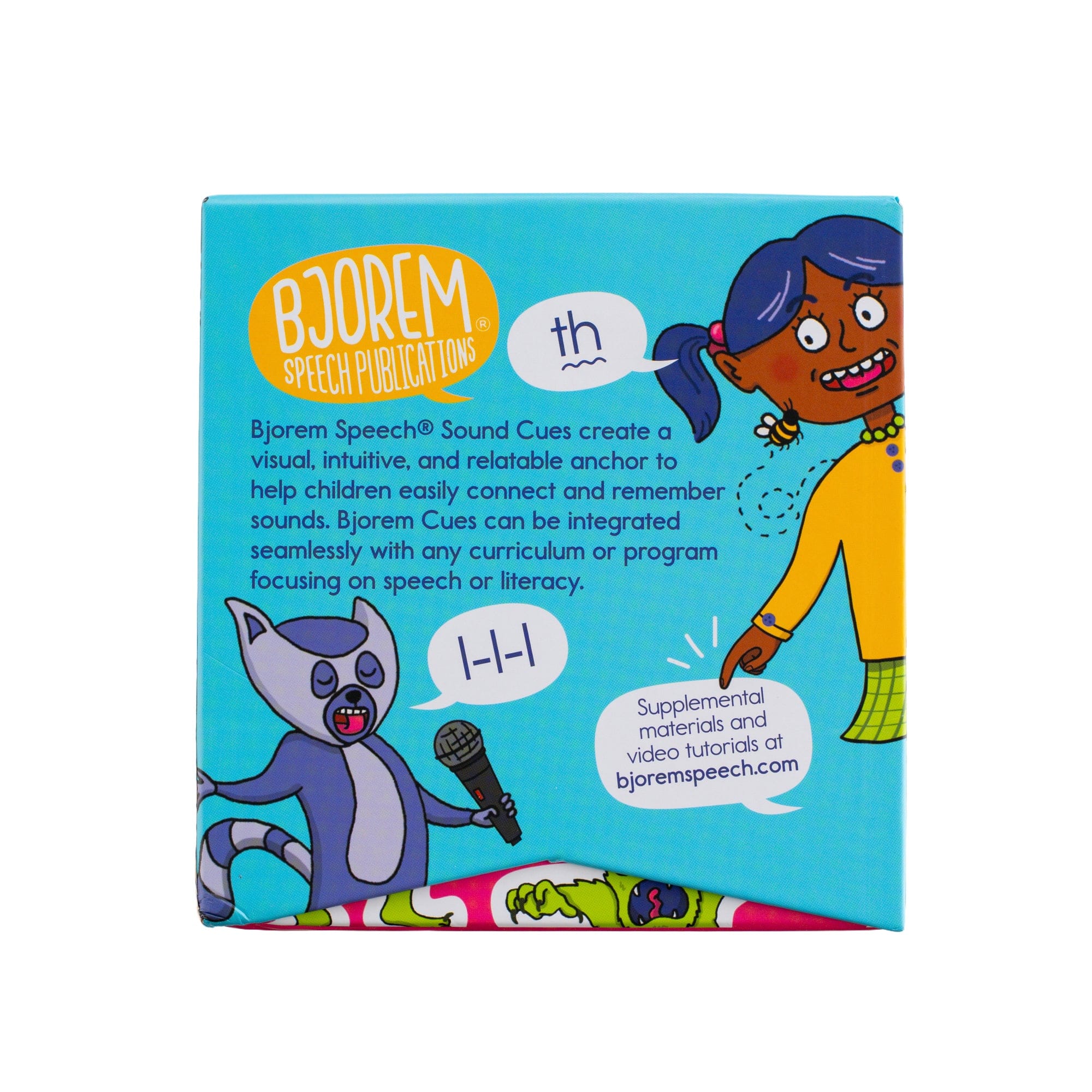


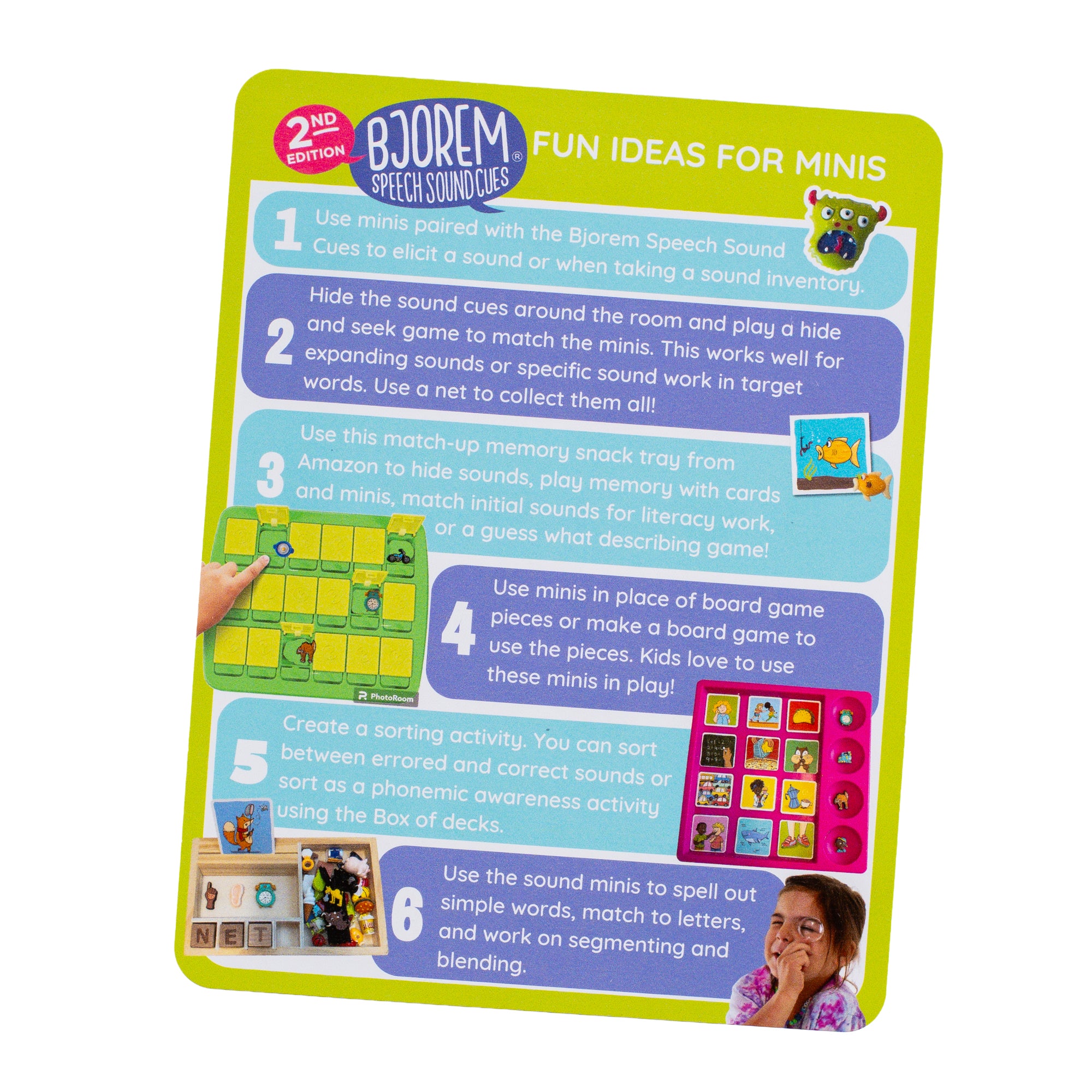
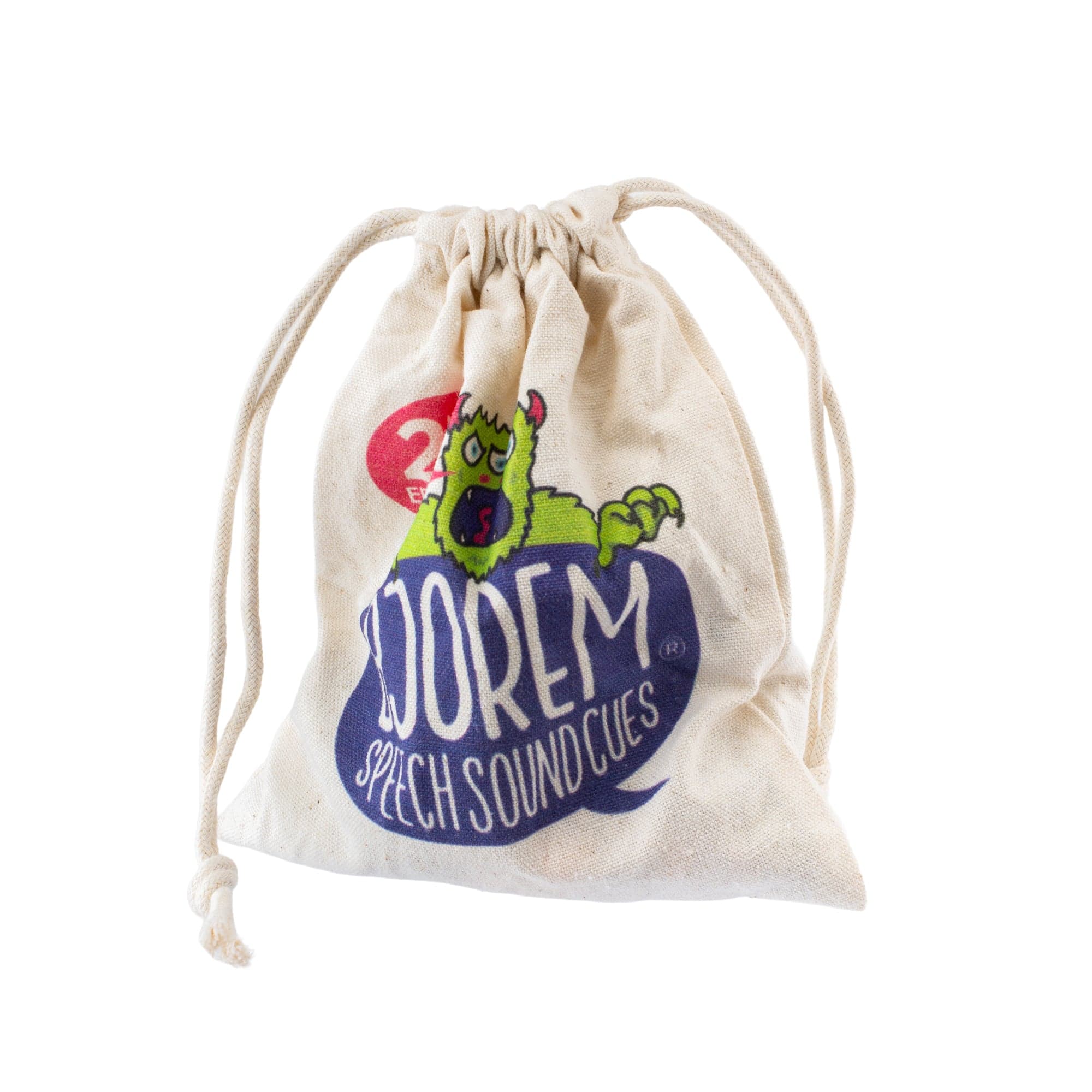
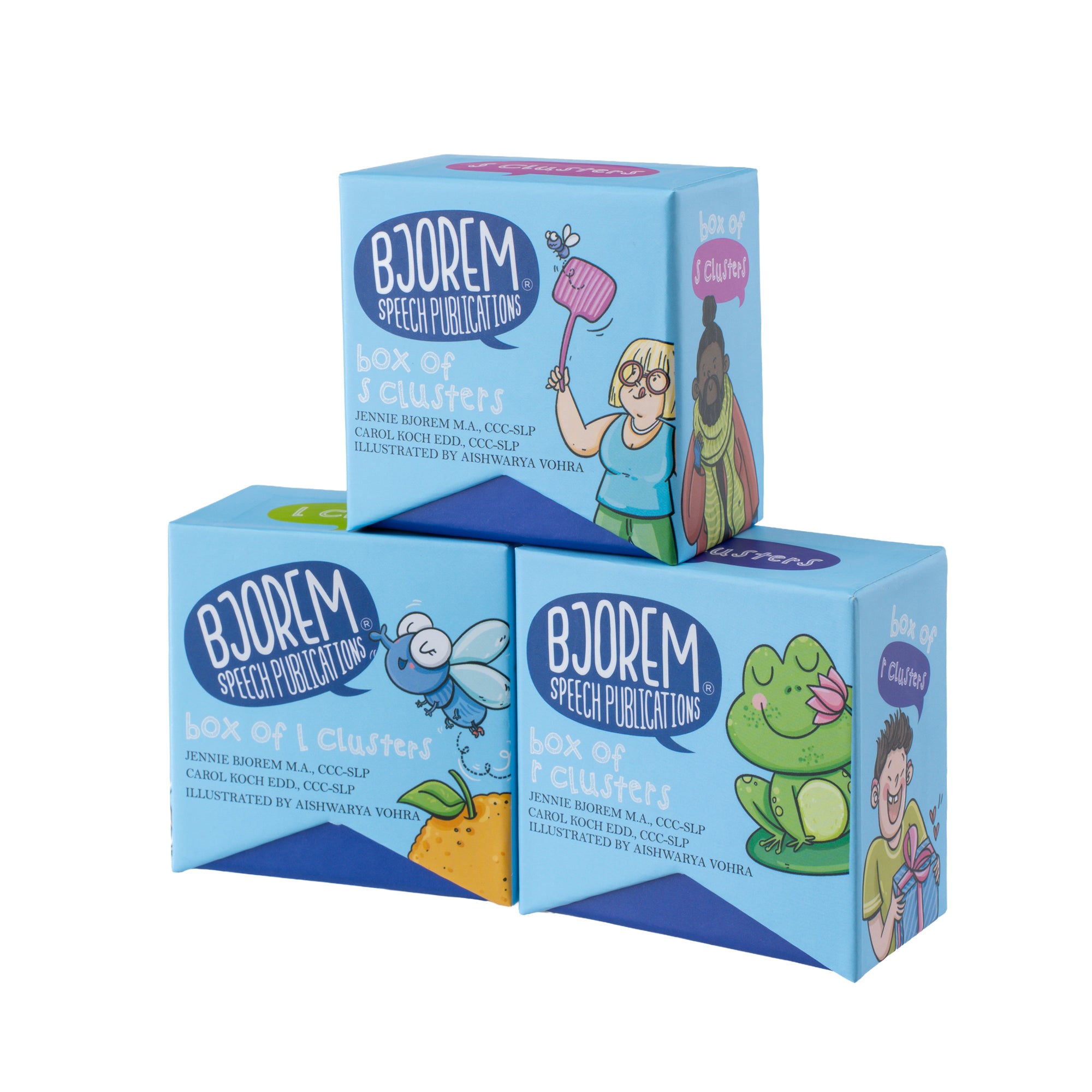
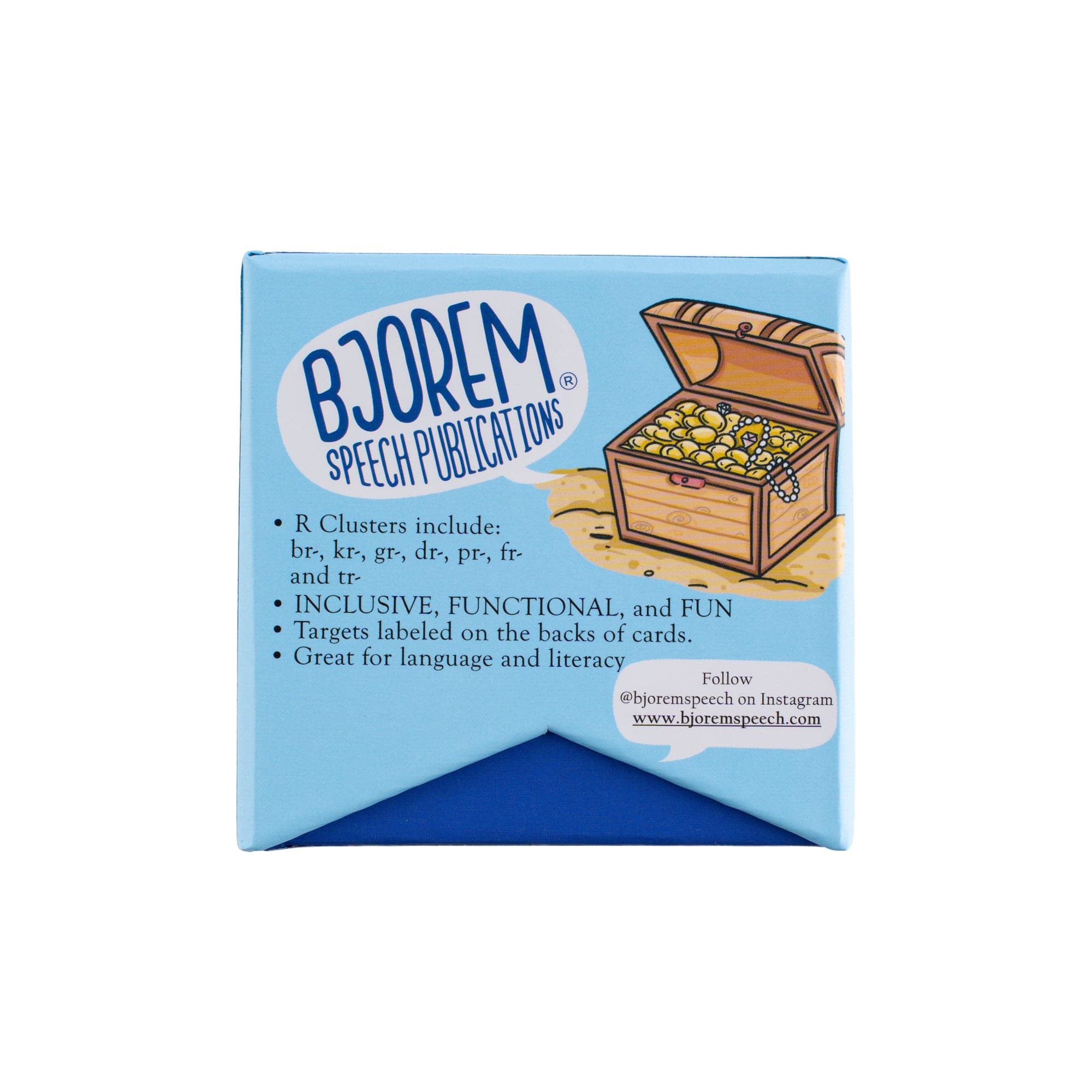

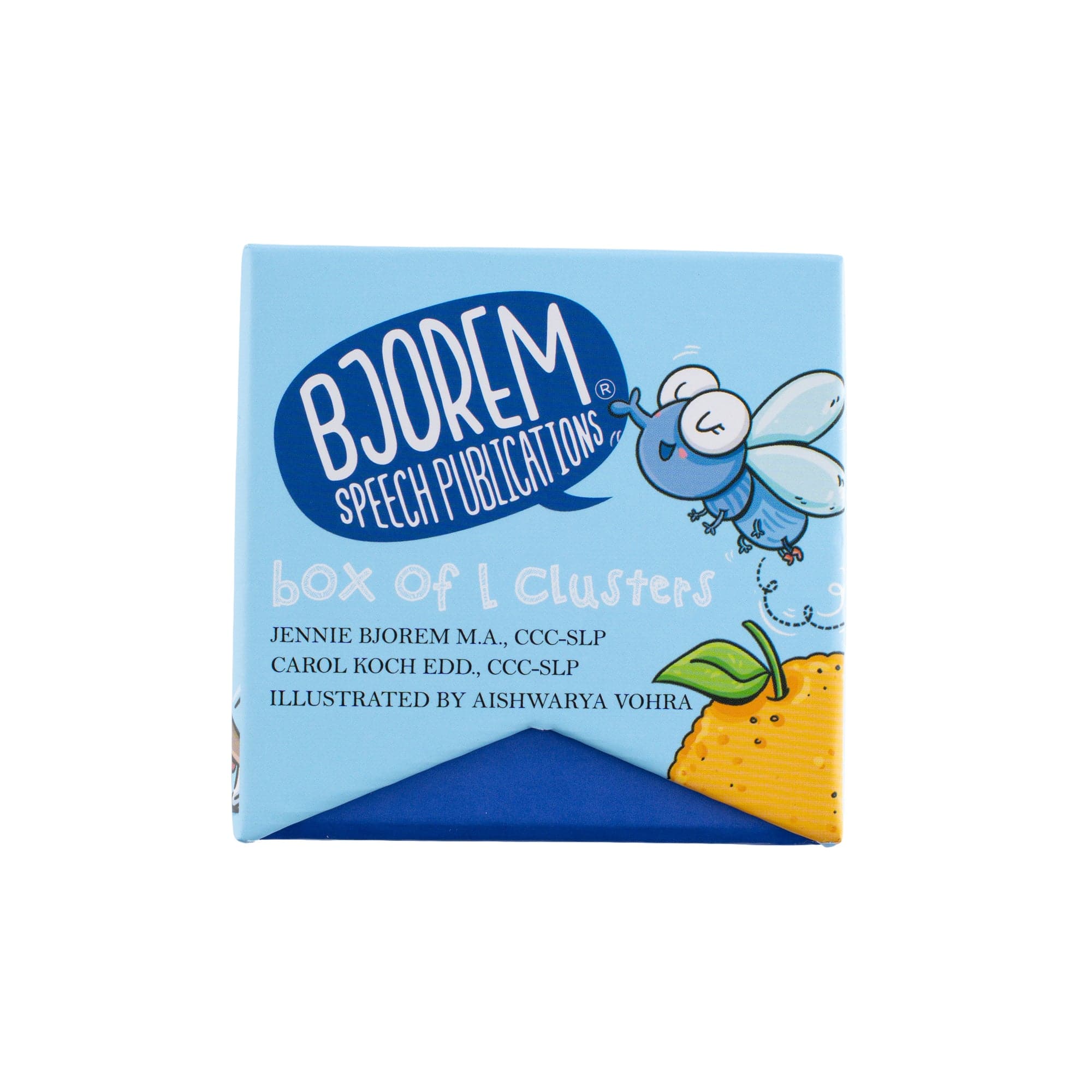
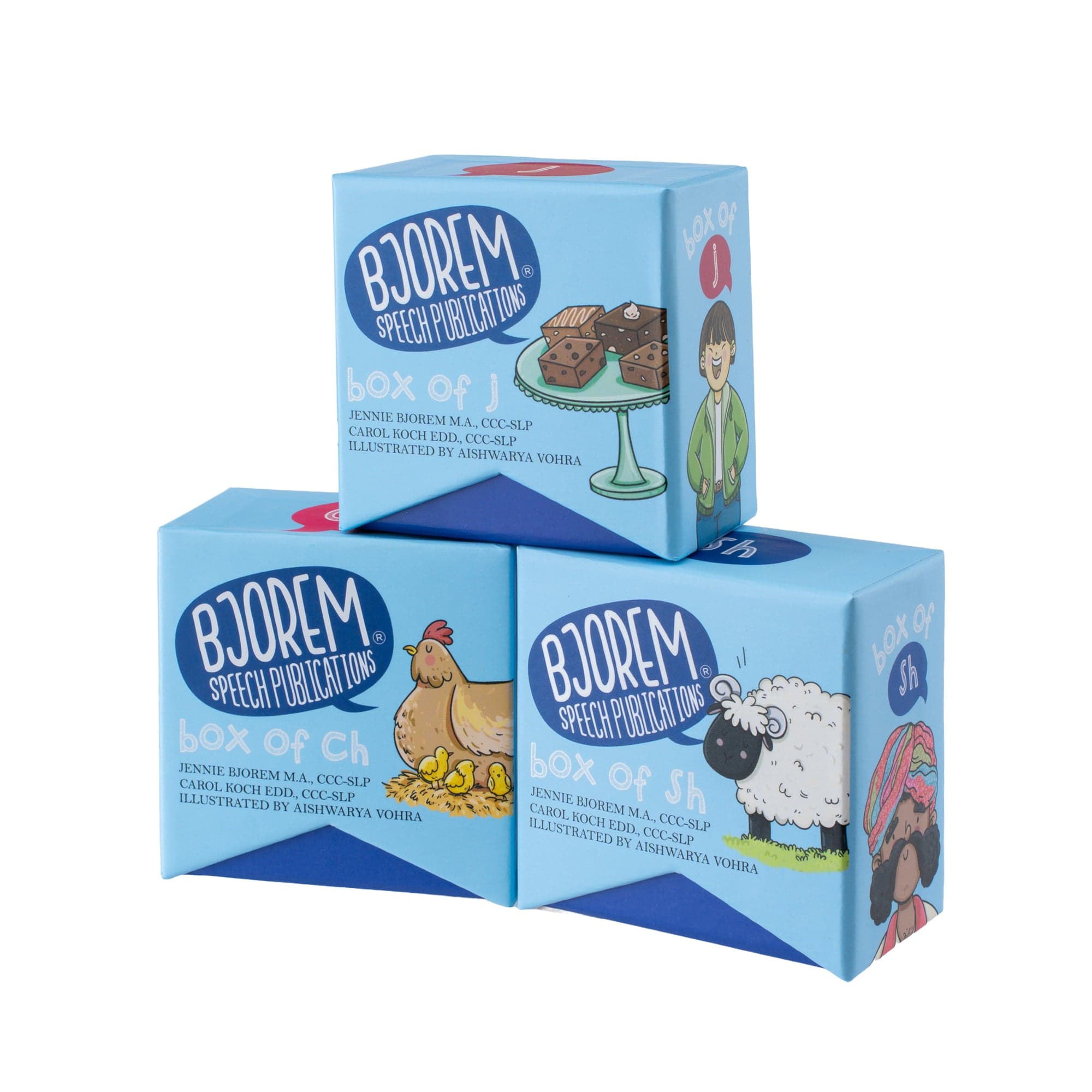
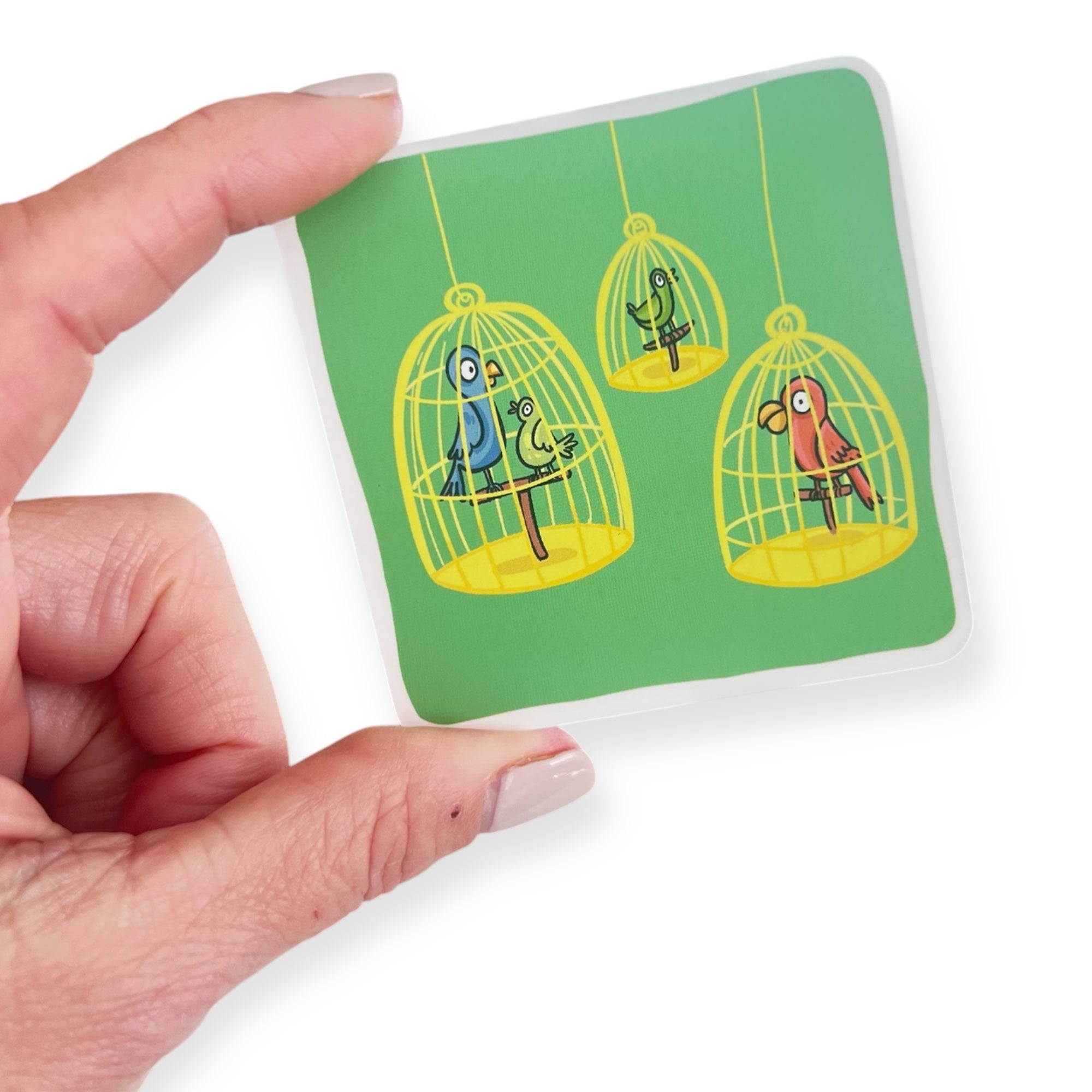
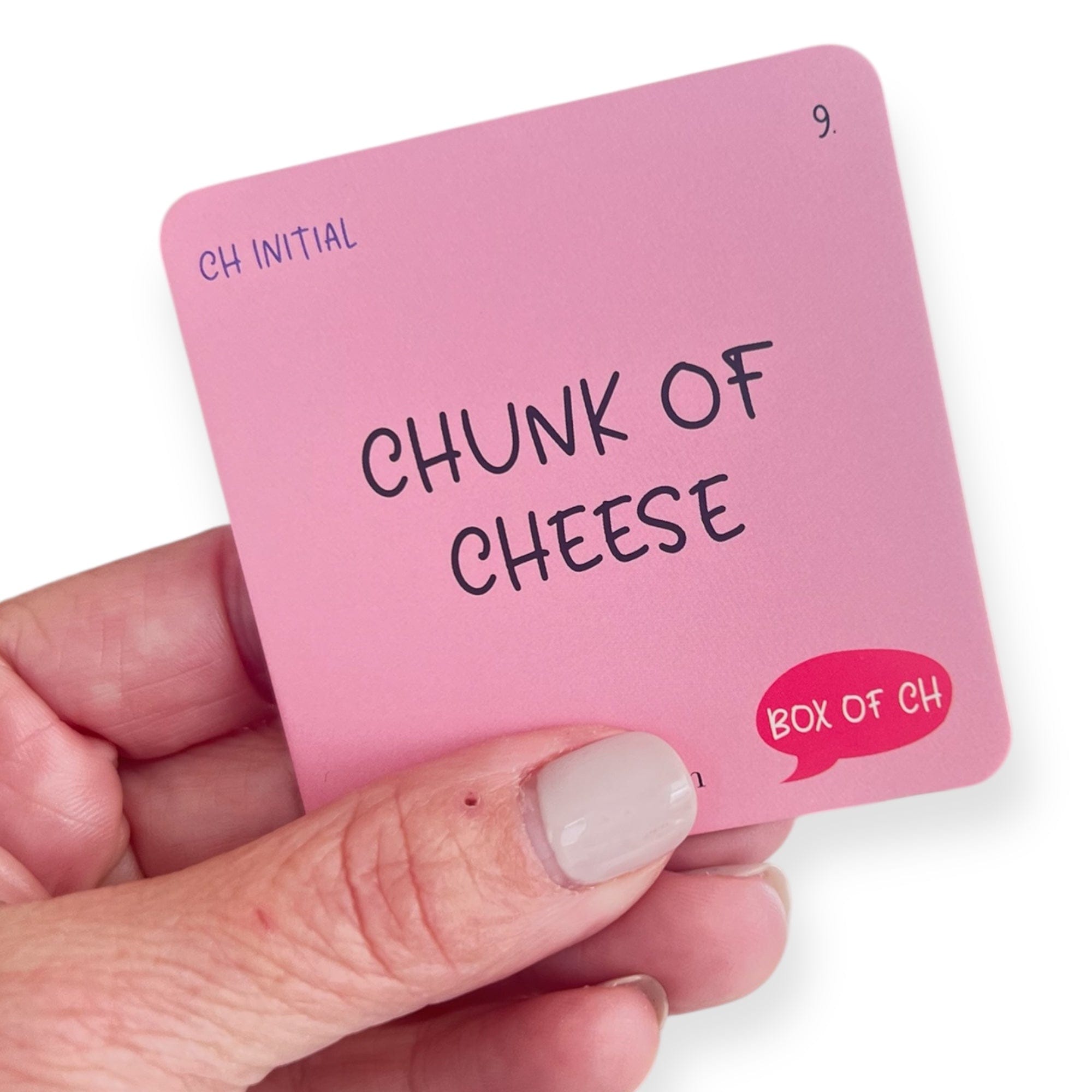

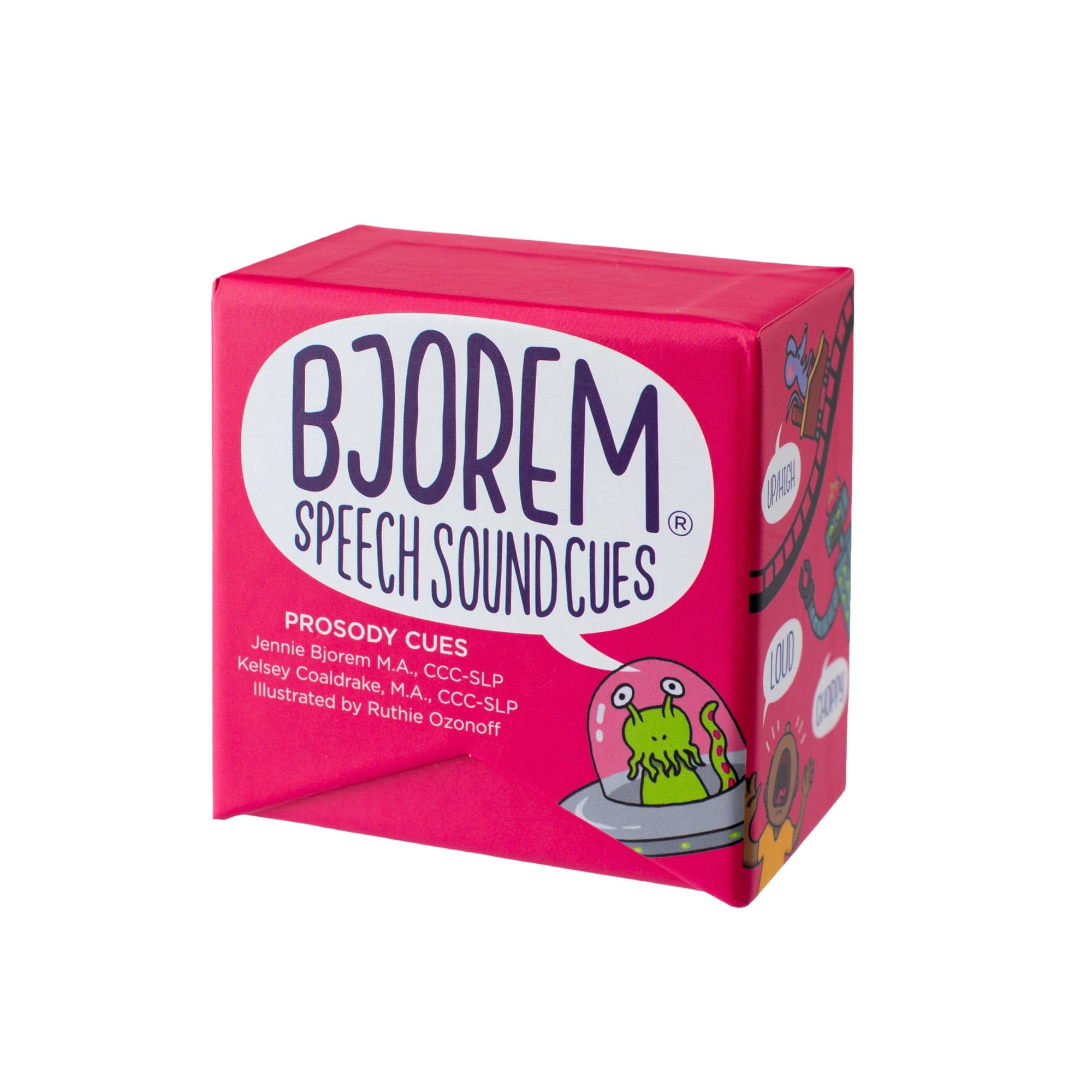

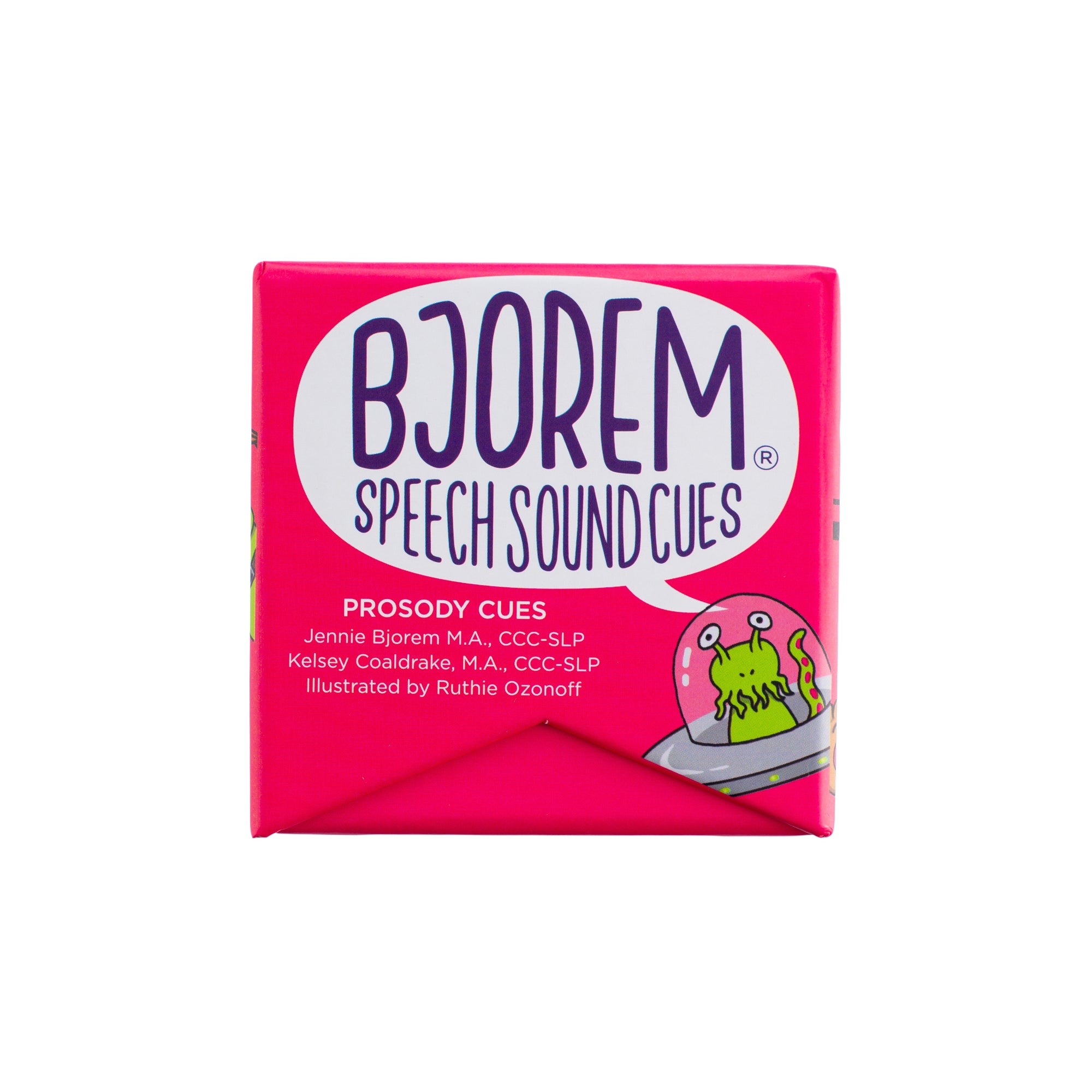
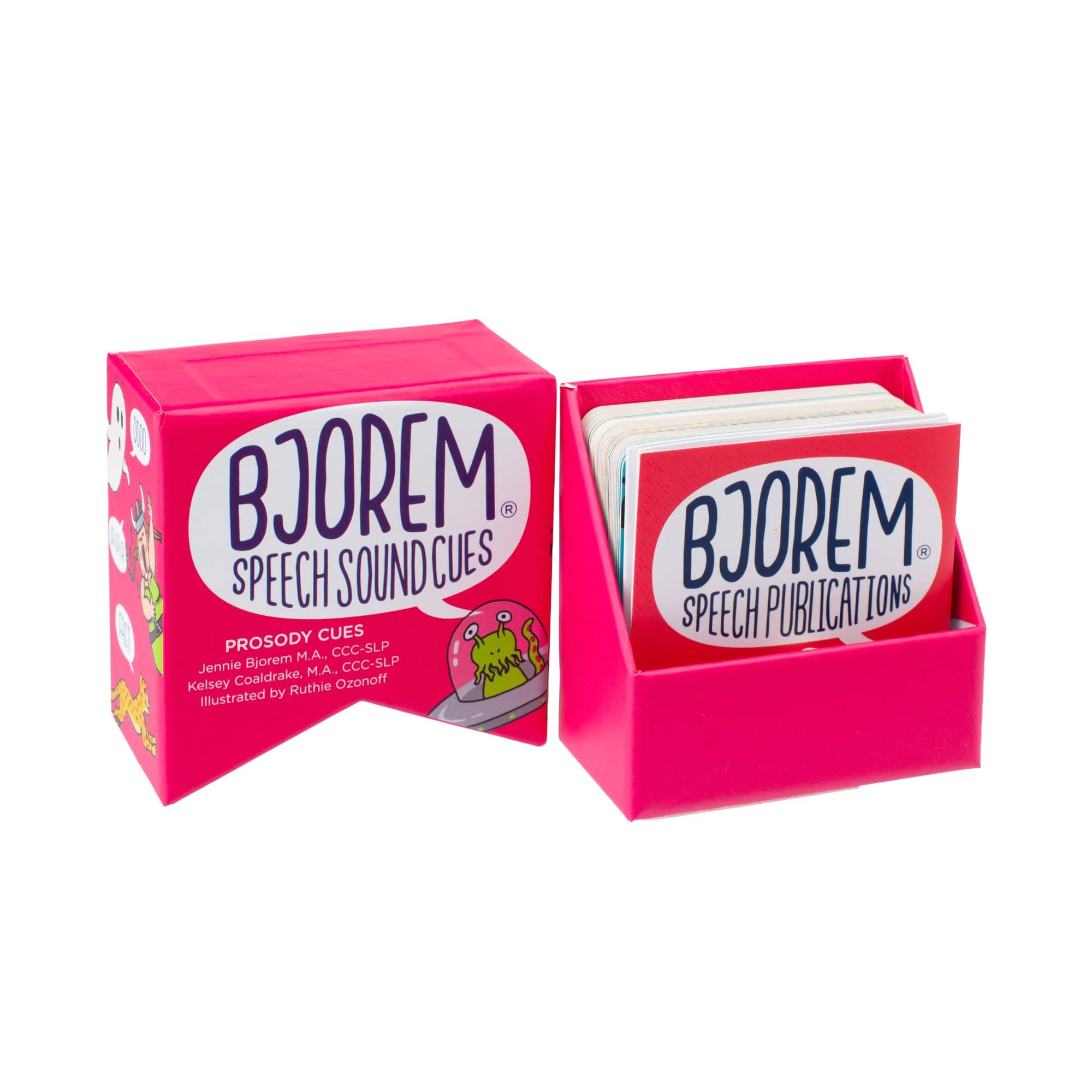

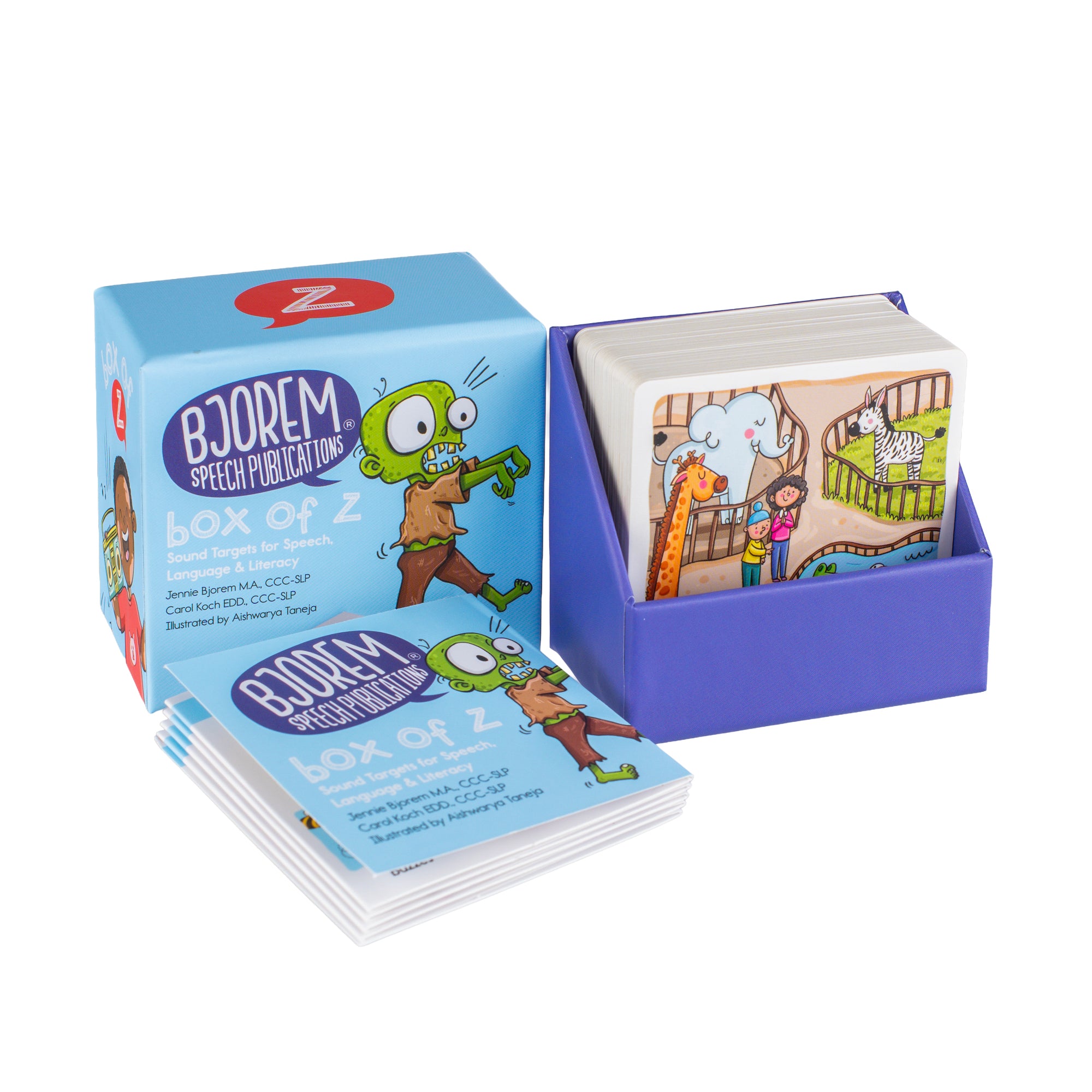
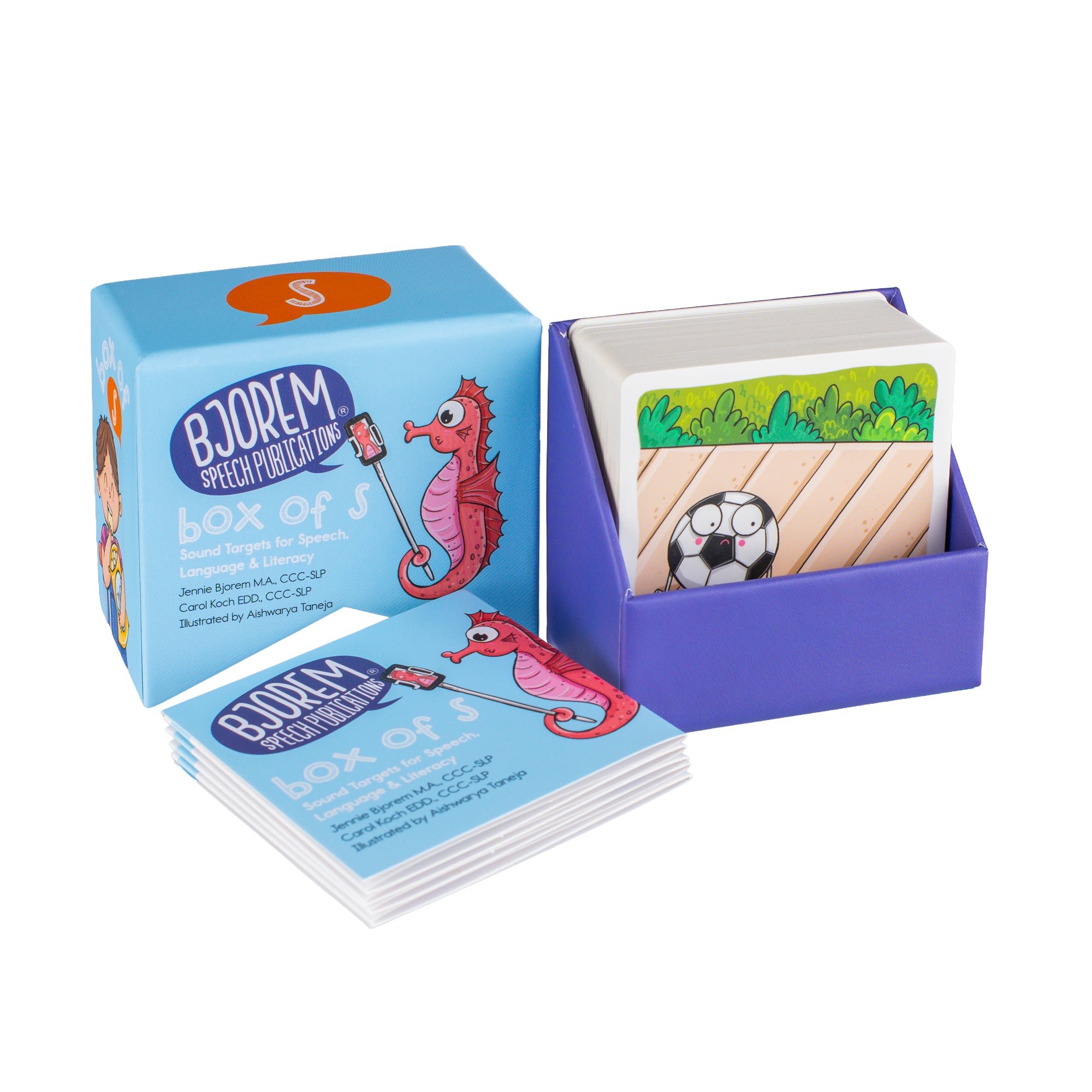
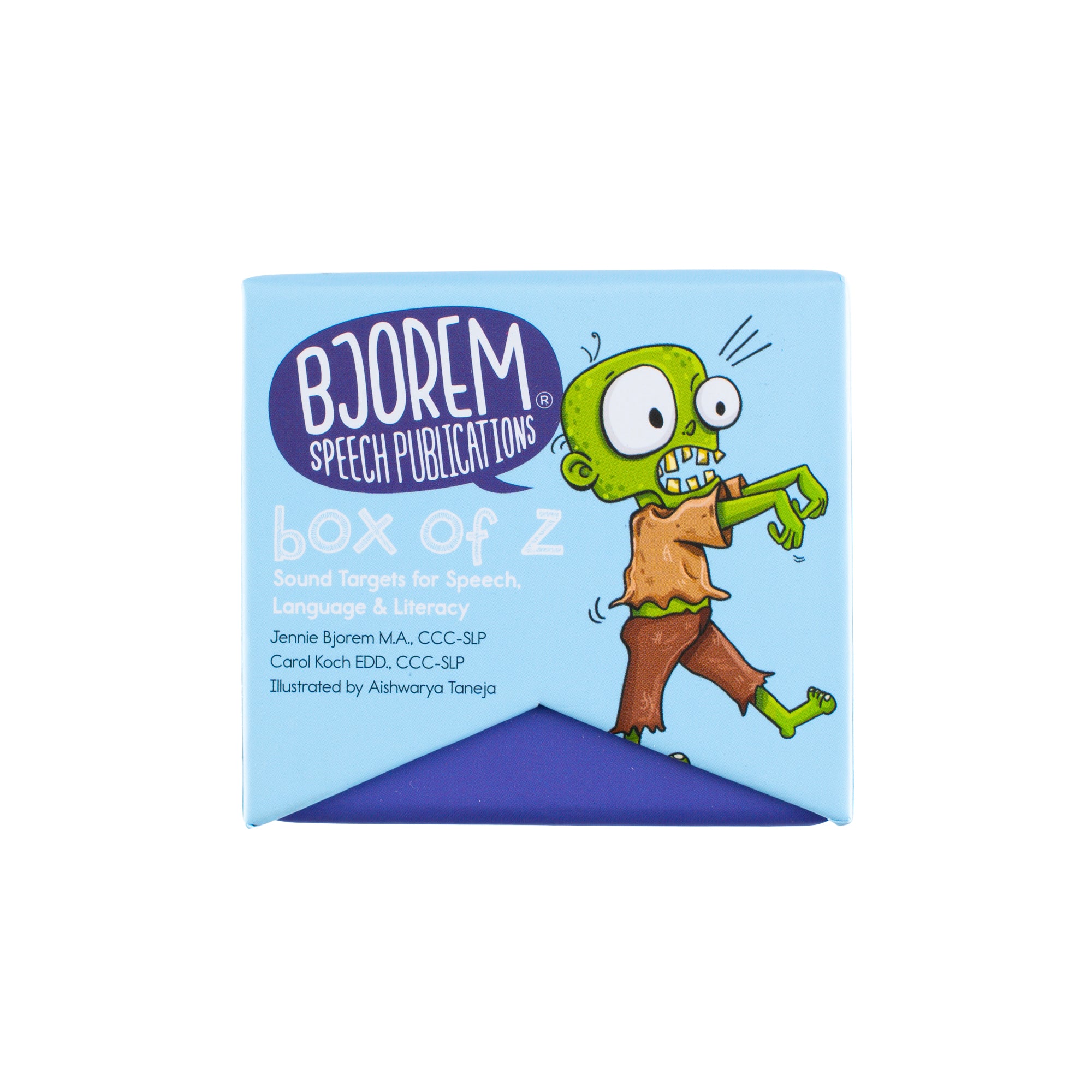
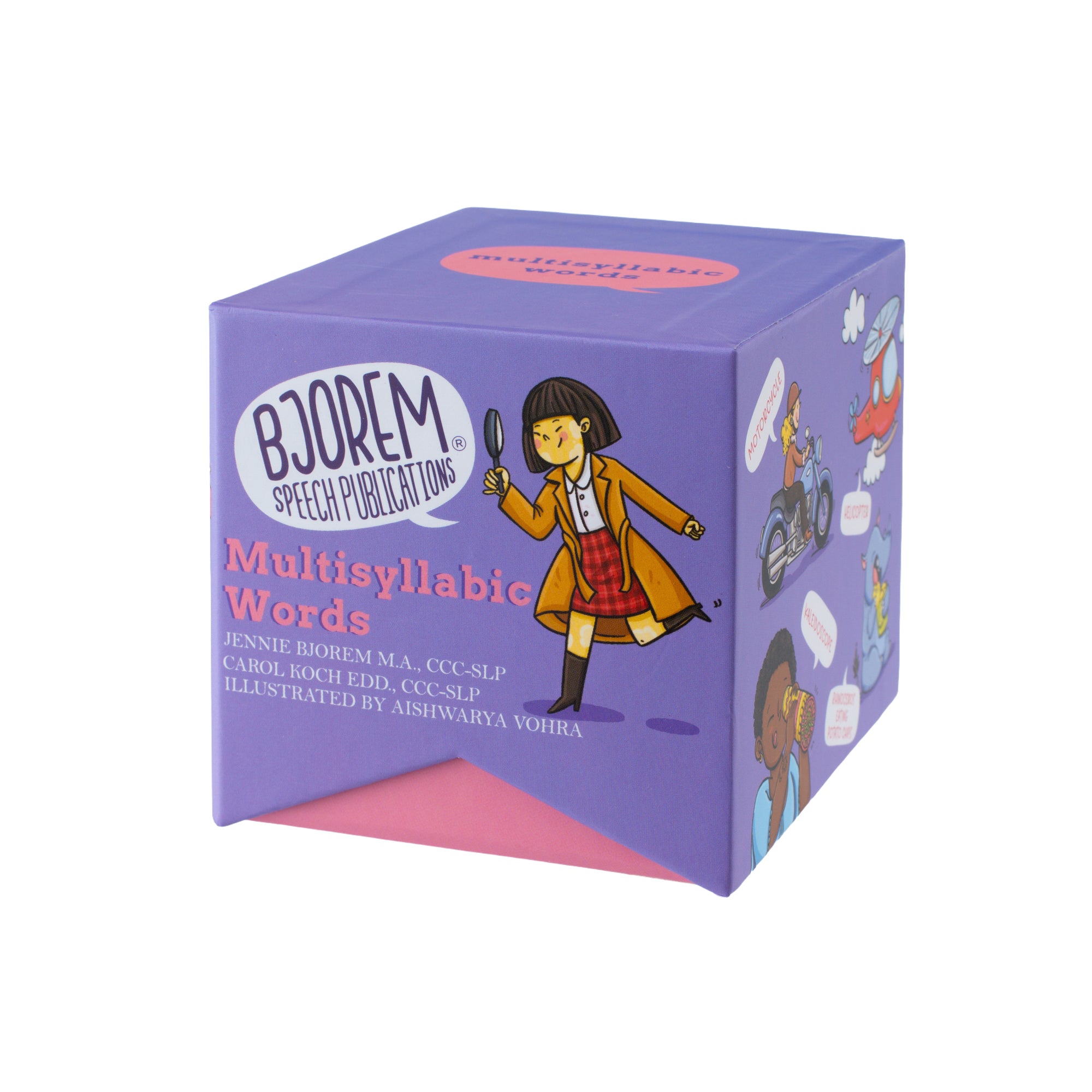
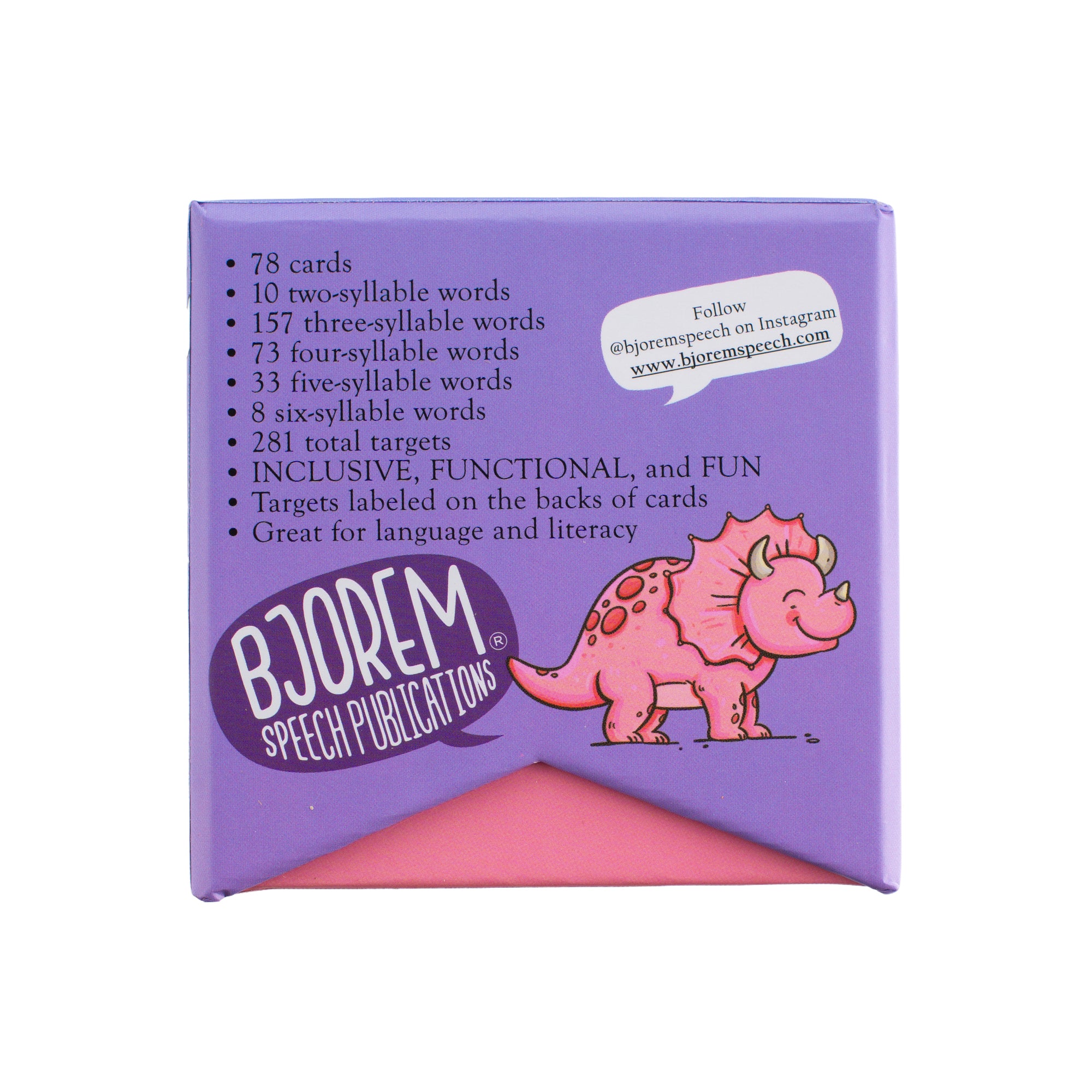
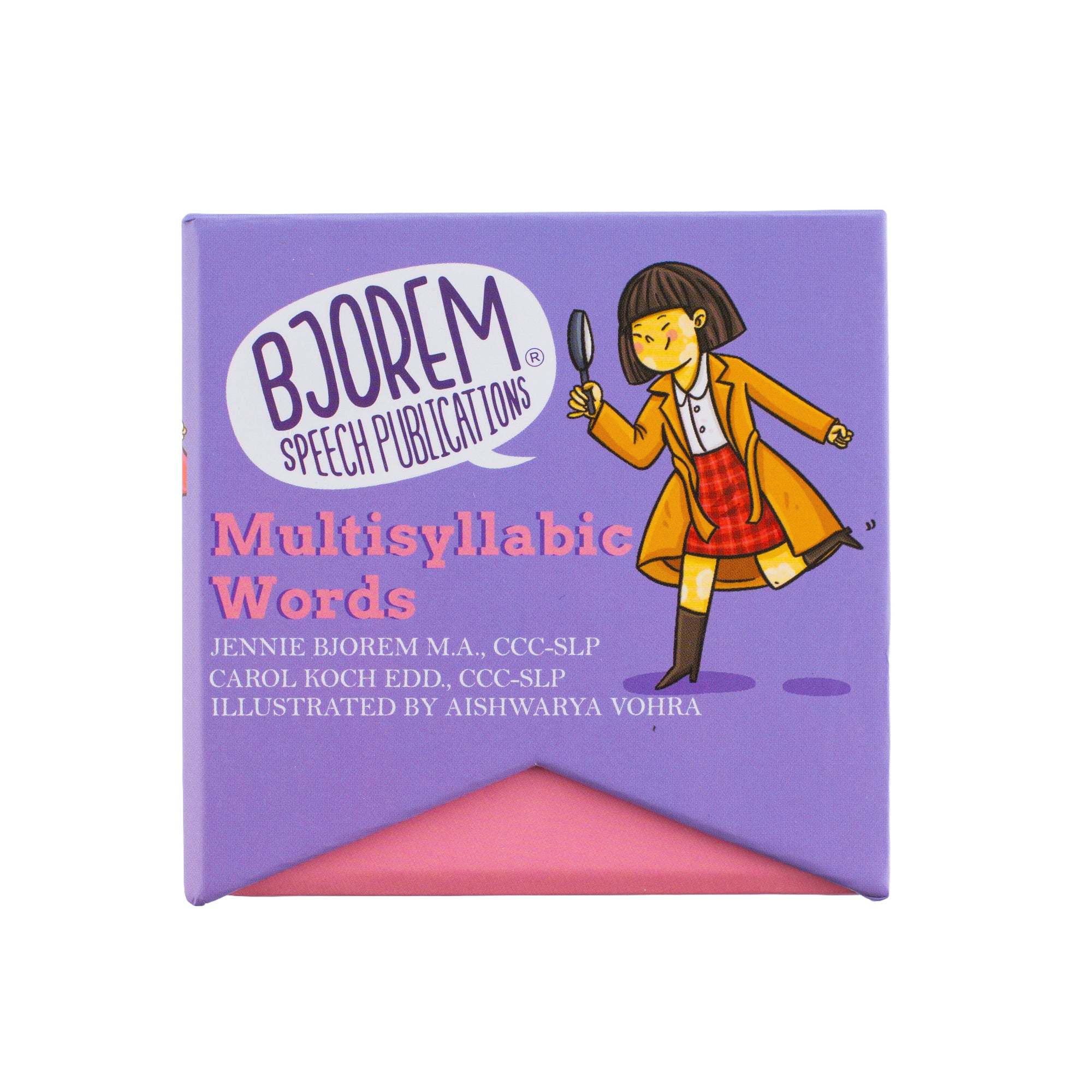
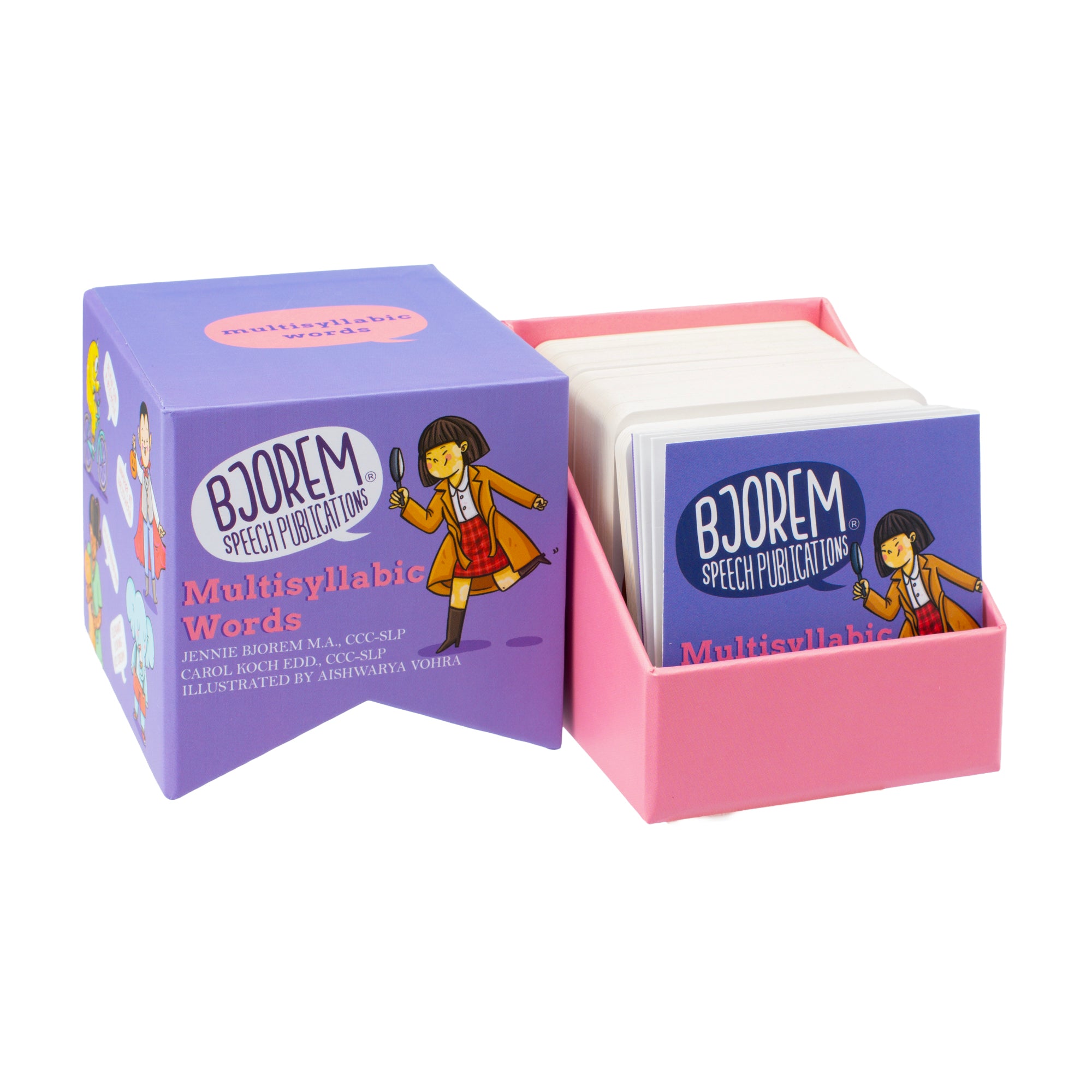


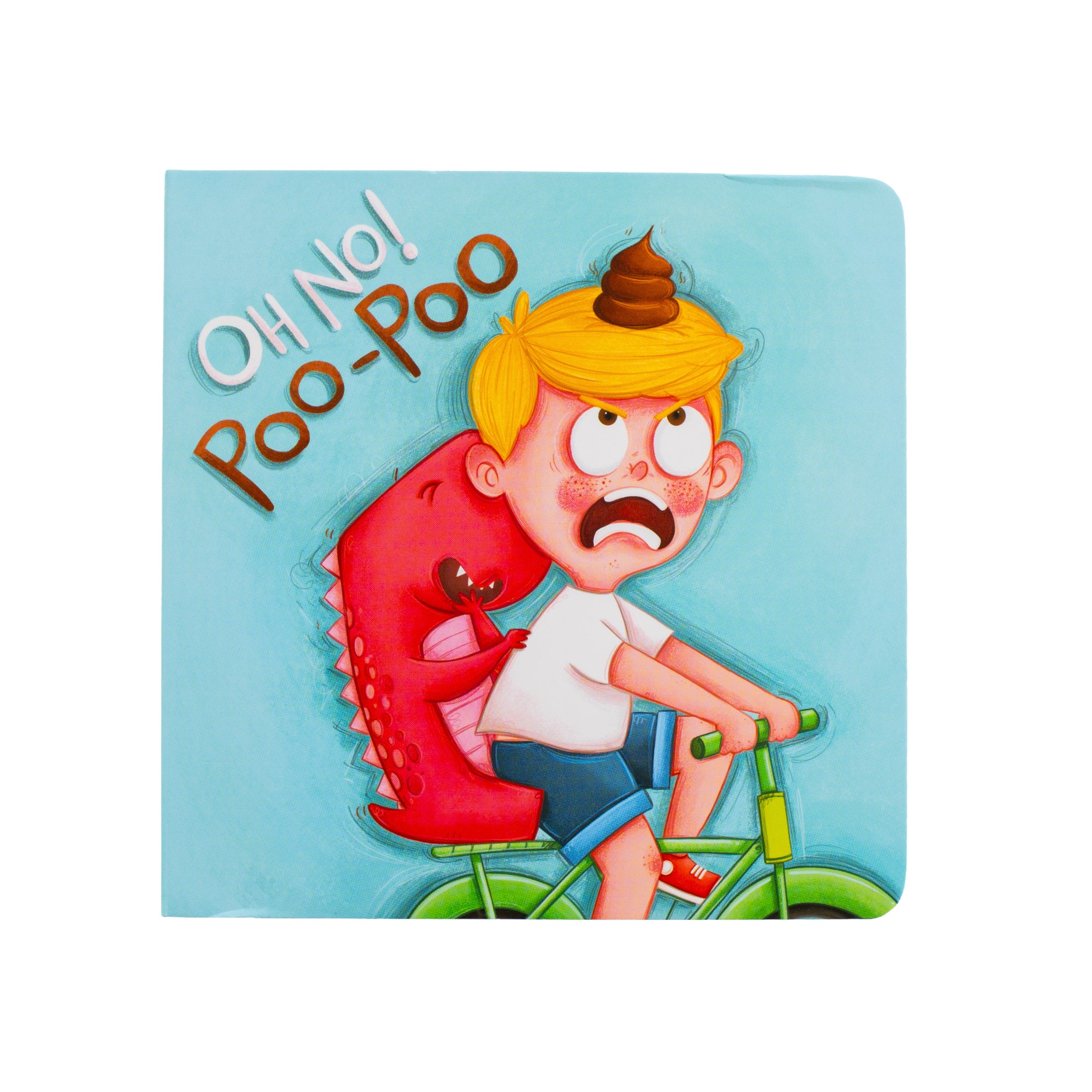

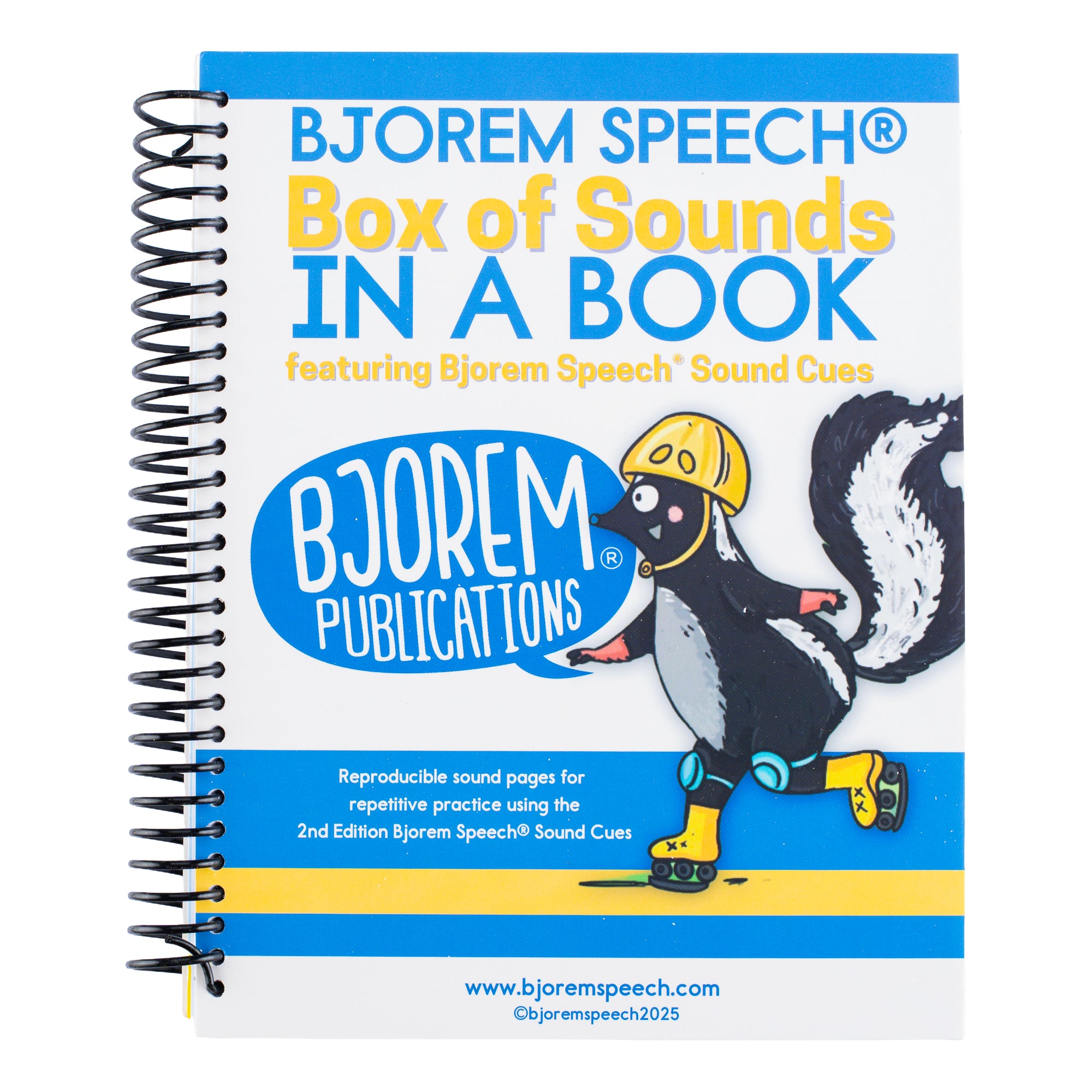
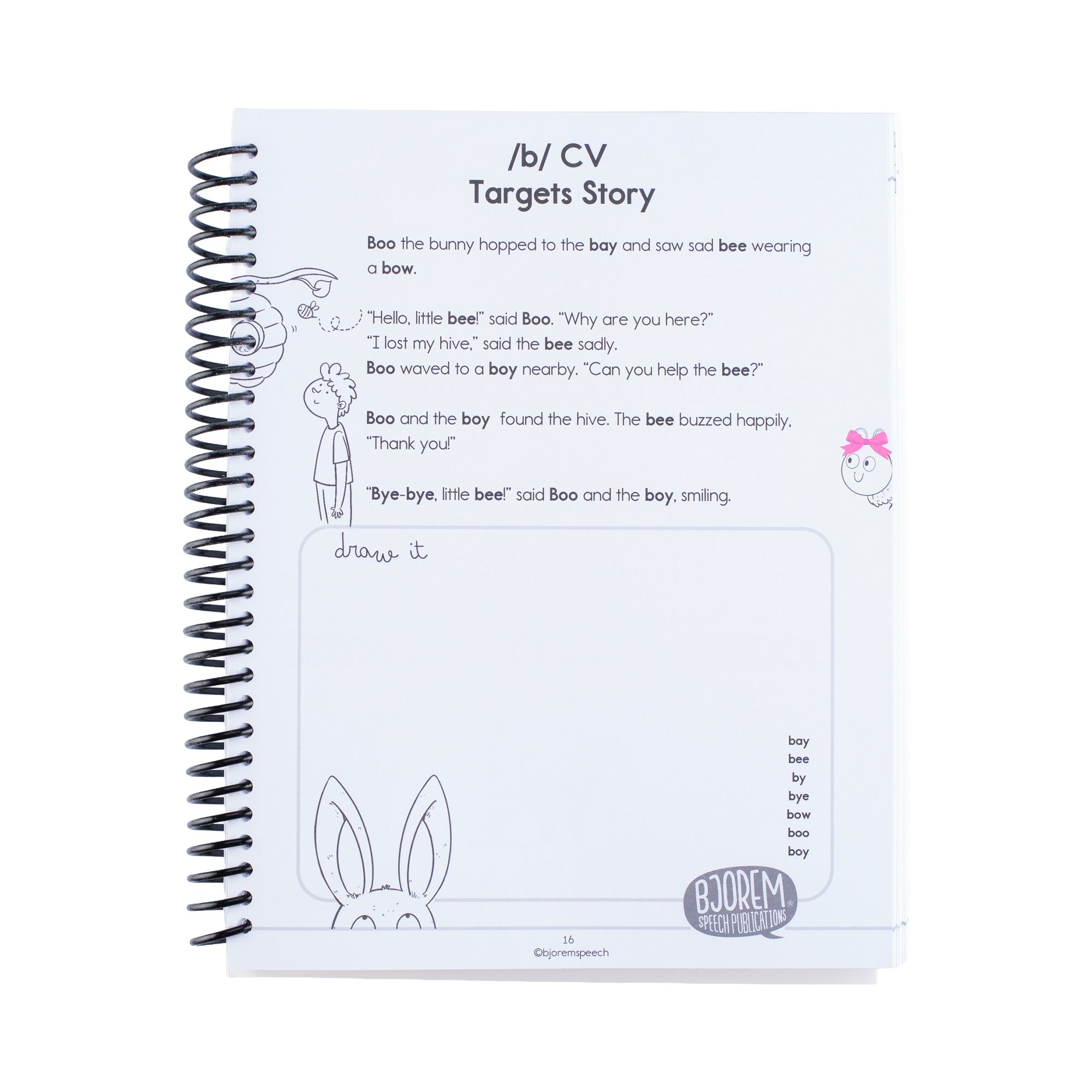




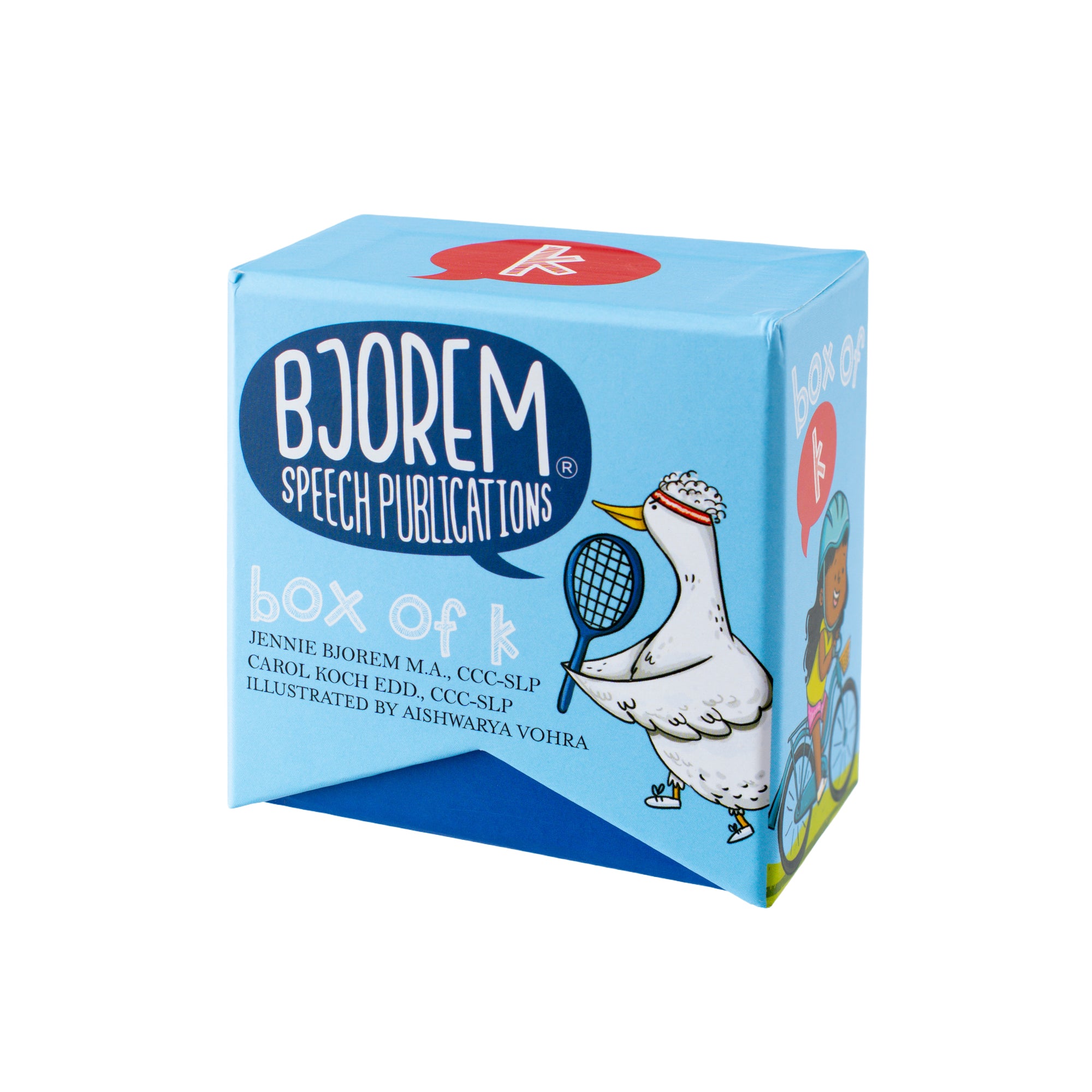
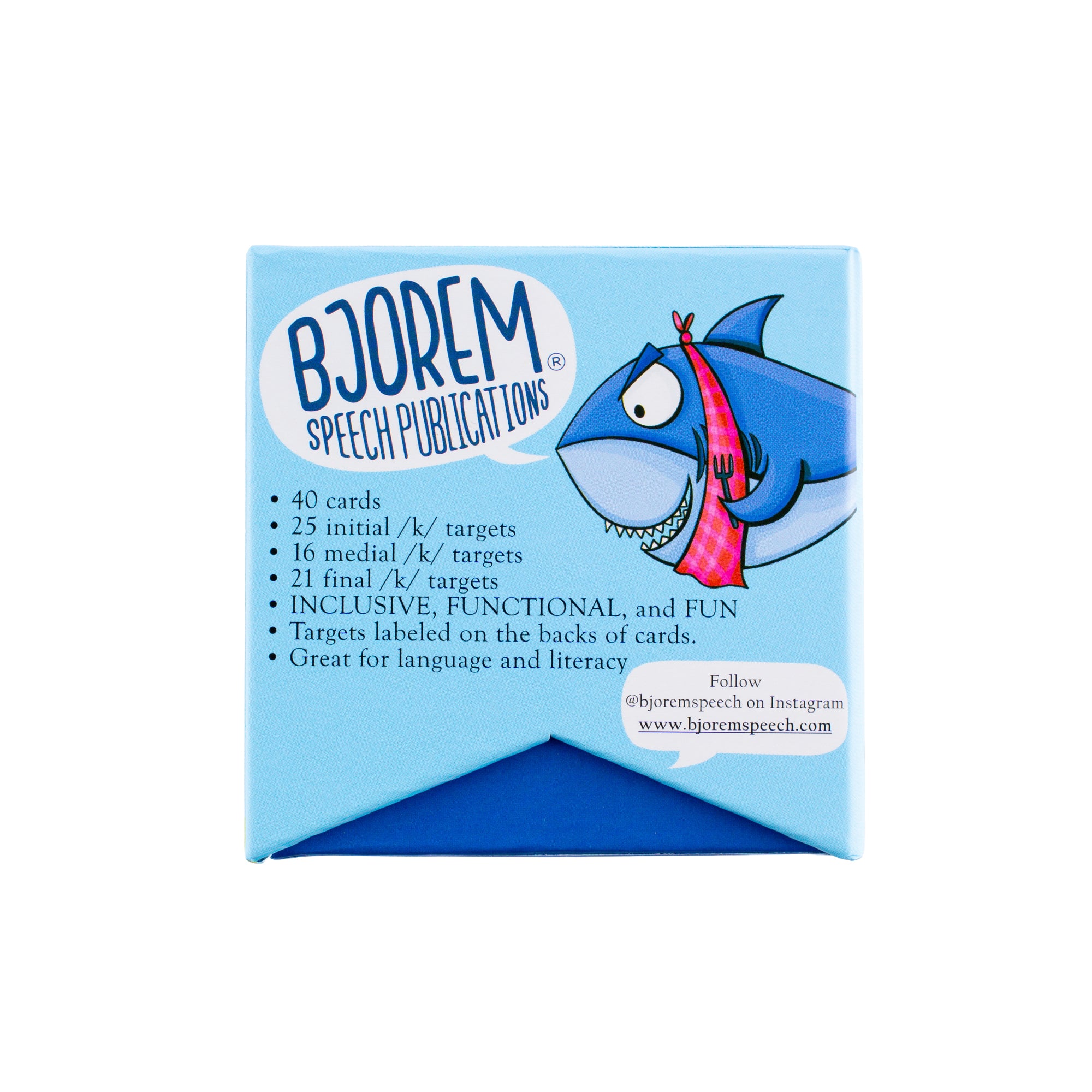

![[title]Box of K Speech Sound Cards](http://www.bjoremspeech.com/cdn/shop/files/Photoroom_20240807_085400.jpg?v=1754335453&width=2000)
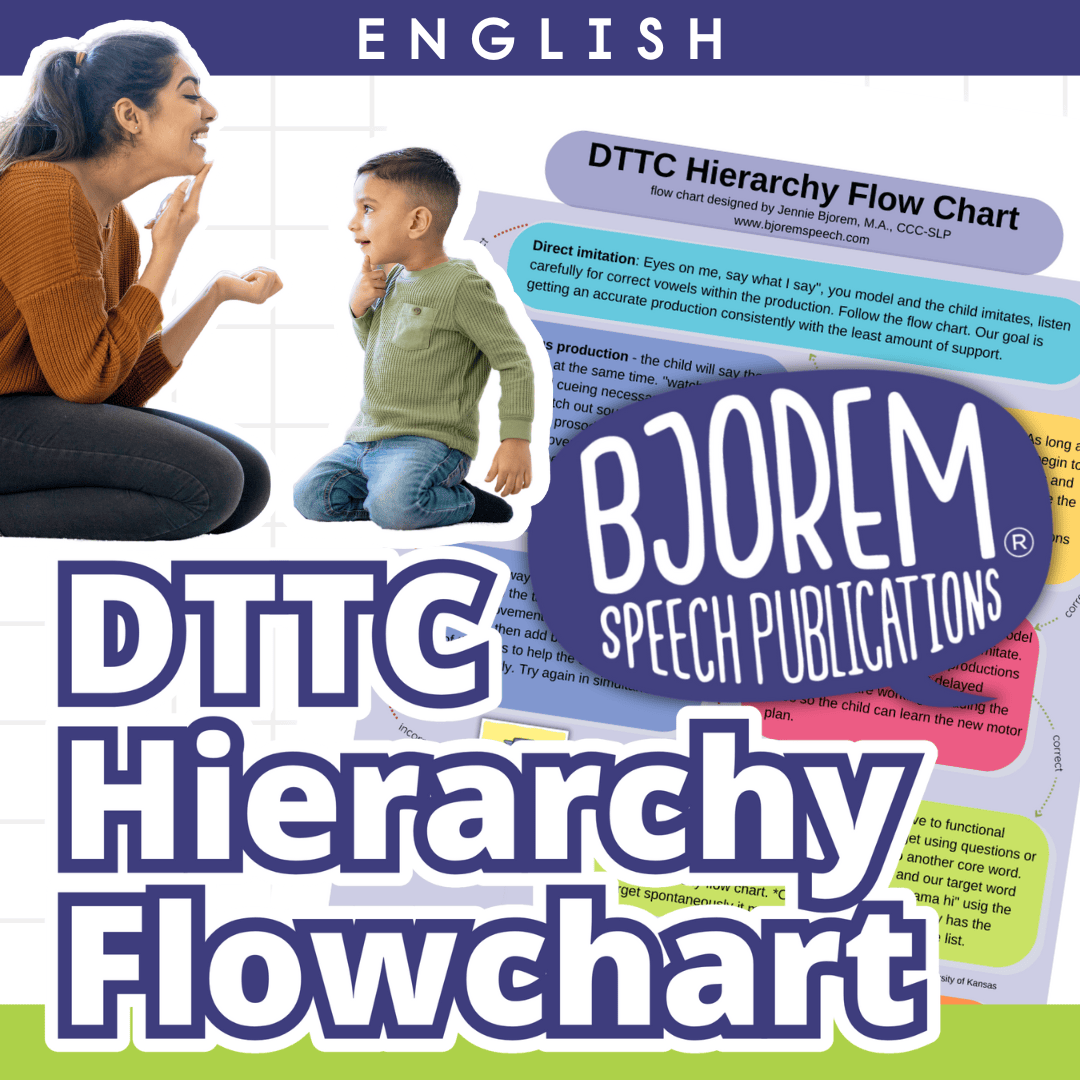
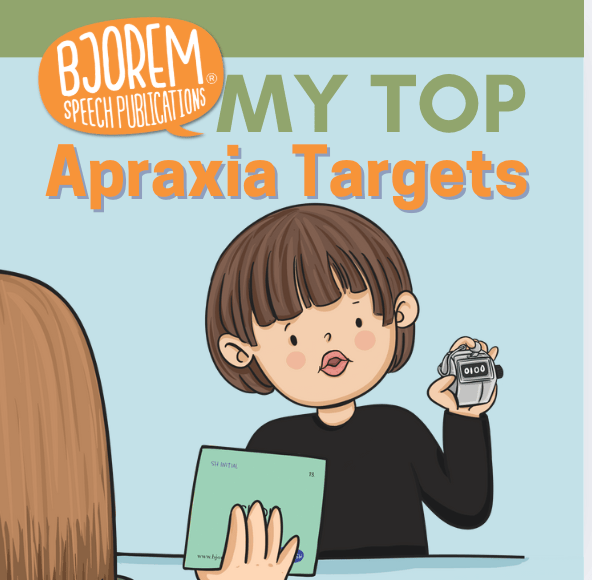
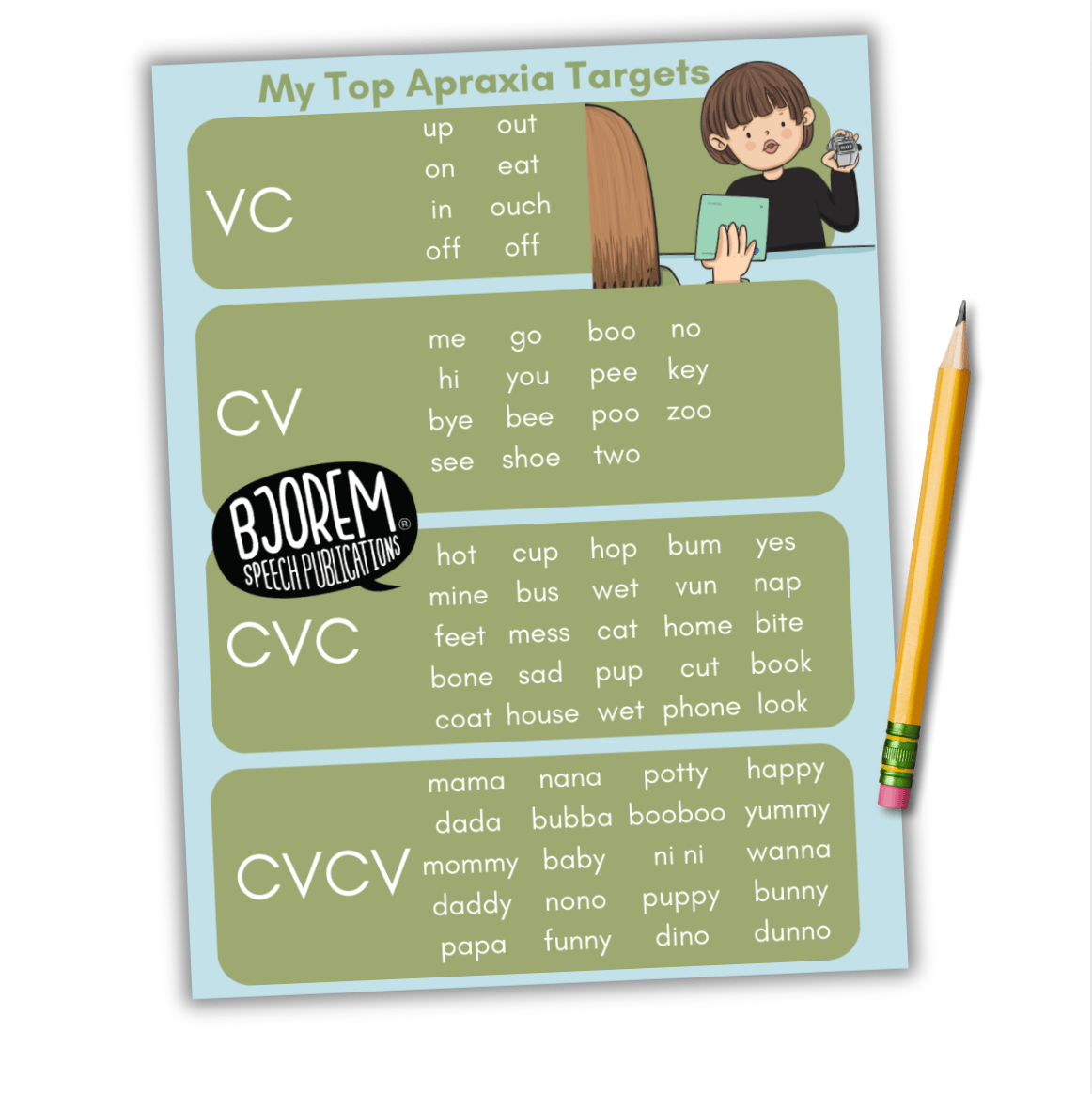
![[title]Prosody Wheel by Bjorem Speech](http://www.bjoremspeech.com/cdn/shop/products/wheelpost.jpg?v=1707716460&width=1080)
![[title]My TOP Spanish Apraxia Targets](http://www.bjoremspeech.com/cdn/shop/products/GoDaddyStudioPage-0102.png?v=1762557518&width=2048)
![[title]My TOP Spanish Apraxia Targets](http://www.bjoremspeech.com/cdn/shop/products/ScreenShot2021-01-22at5.18.39PM.png?v=1762557517&width=792)
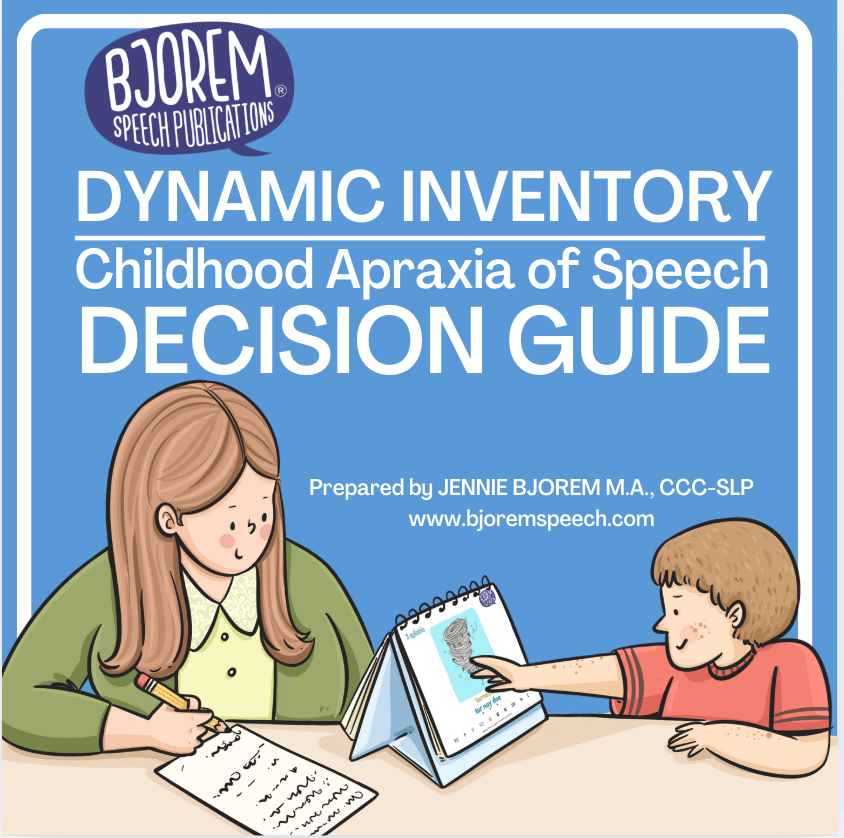
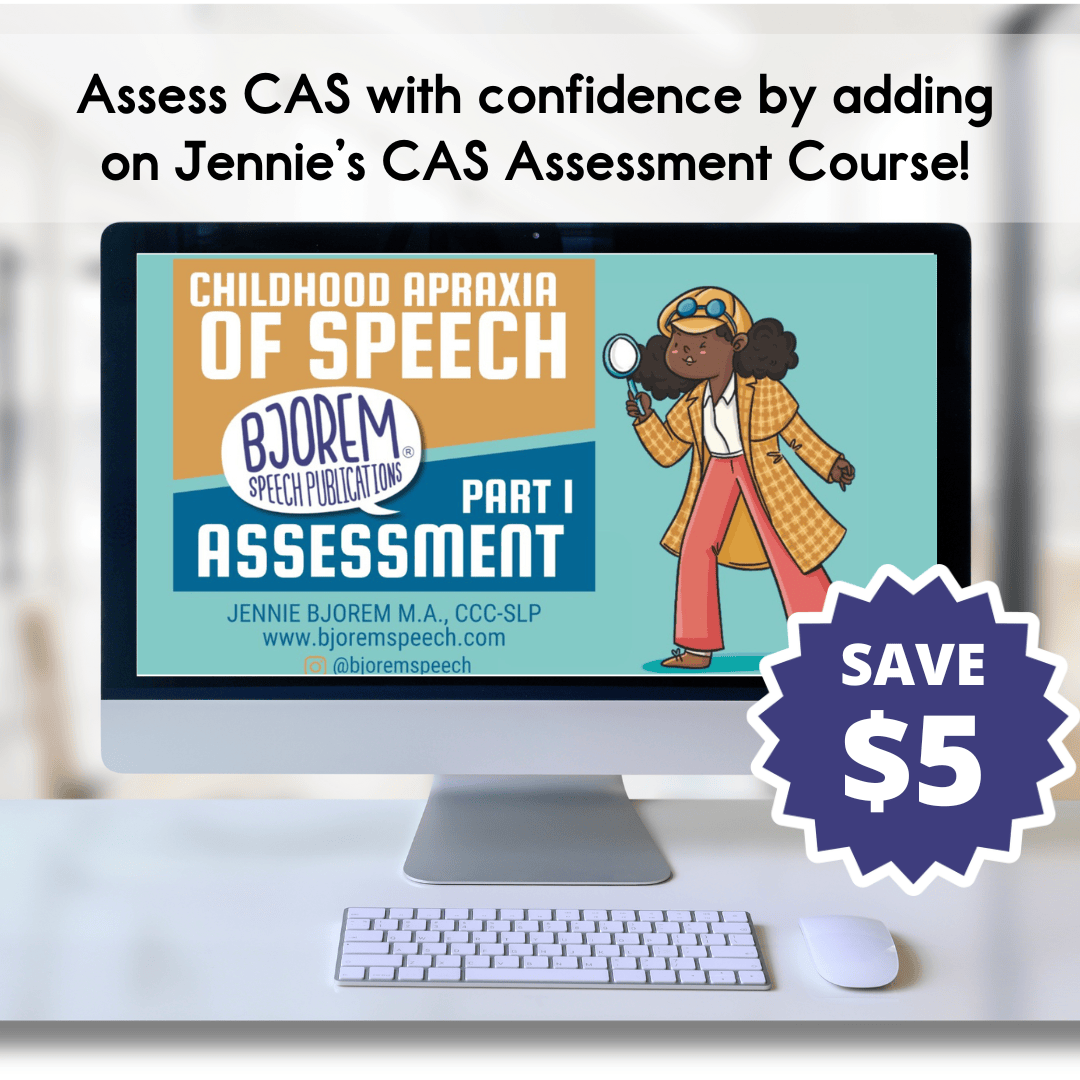
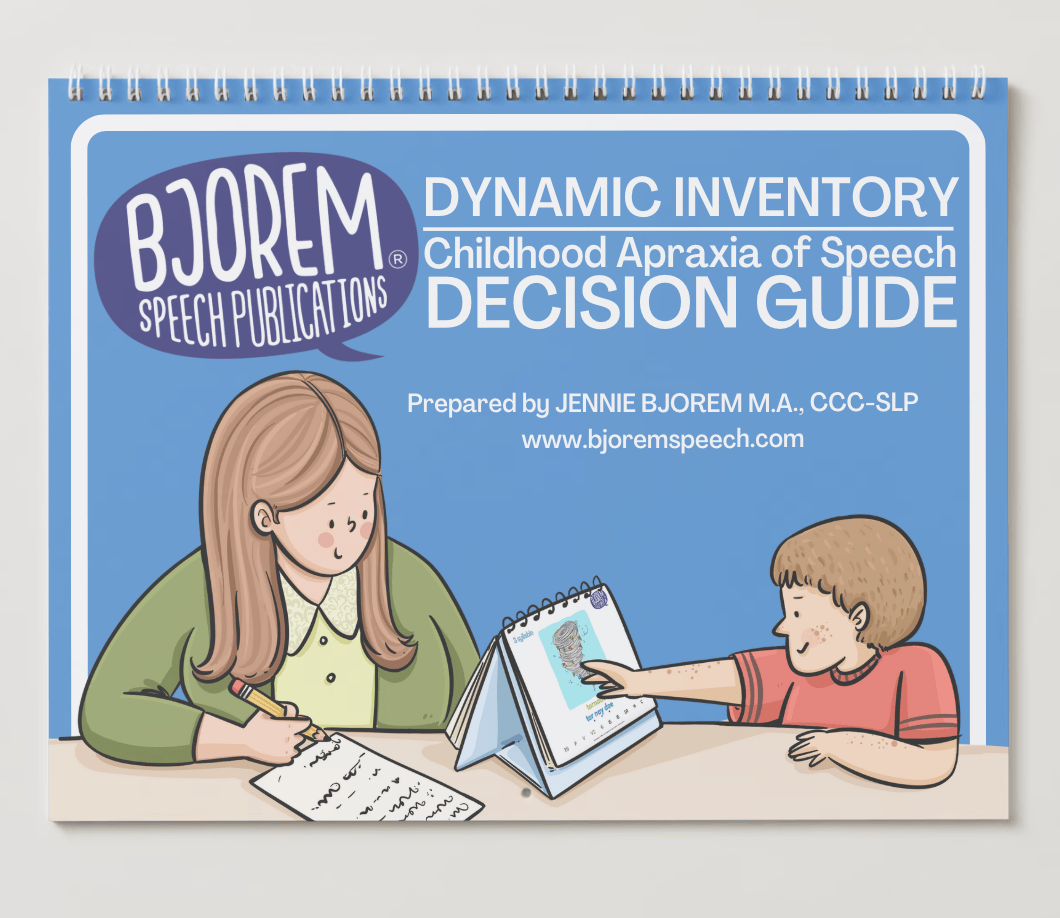

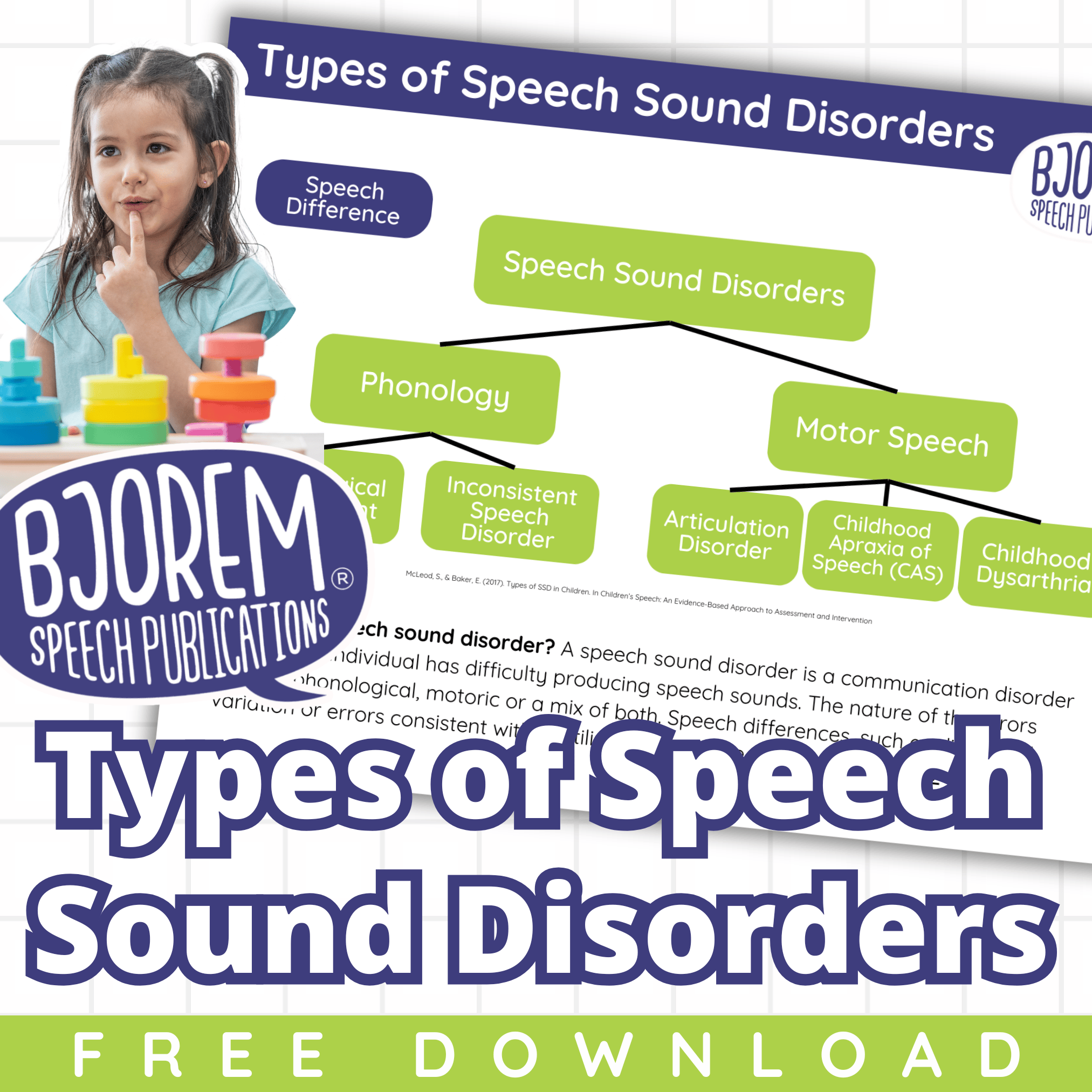
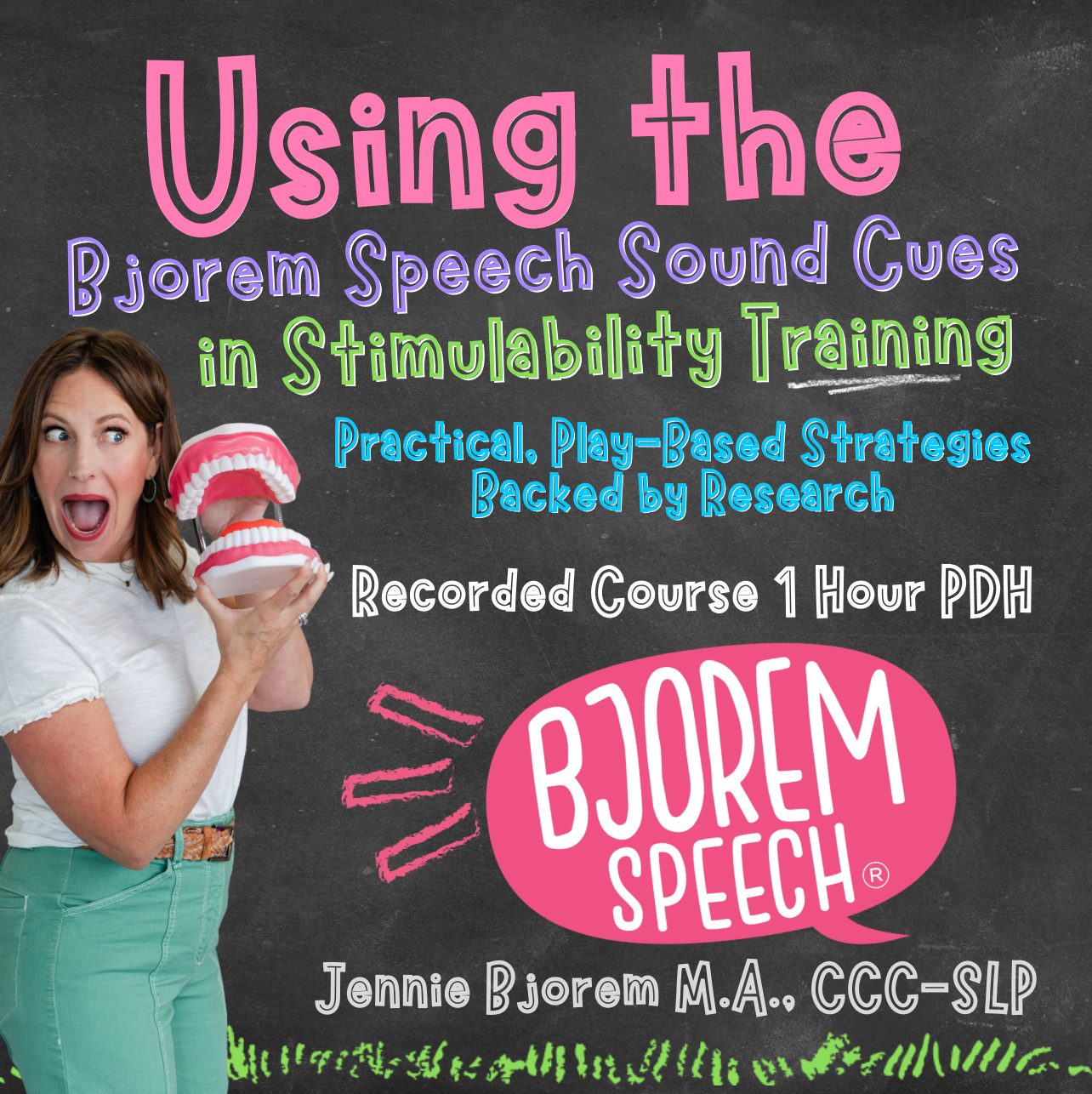
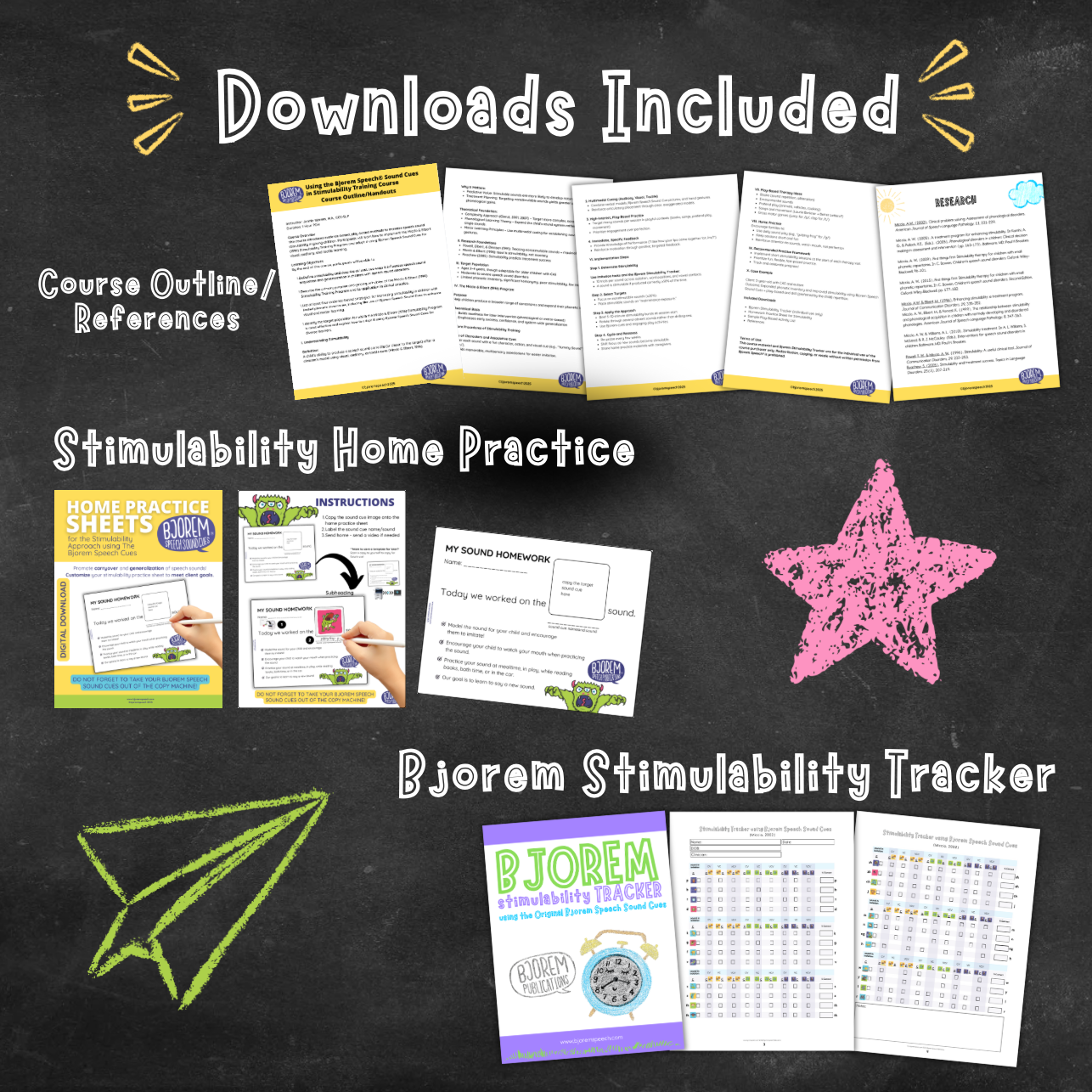
![[title]Bjorem Speech Home Practice Sheets - Digital Download](http://www.bjoremspeech.com/cdn/shop/files/ShopifyCoversandPreviewsforDigitalDownloads_8.png?v=1762557360&width=3375)
![[title]Bjorem Speech Home Practice Sheets - Digital Download](http://www.bjoremspeech.com/cdn/shop/files/Screenshot2024-01-05at12.33.13PM.png?v=1762557520&width=910)
![[title]Bjorem Speech Home Practice Sheets - Digital Download](http://www.bjoremspeech.com/cdn/shop/files/Screenshot2024-01-05at11.58.46AM.png?v=1762557520&width=910)
![[title]Bjorem Speech Home Practice Sheets - Digital Download](http://www.bjoremspeech.com/cdn/shop/files/Screenshot2024-01-05at11.59.23AM.png?v=1762557520&width=719)
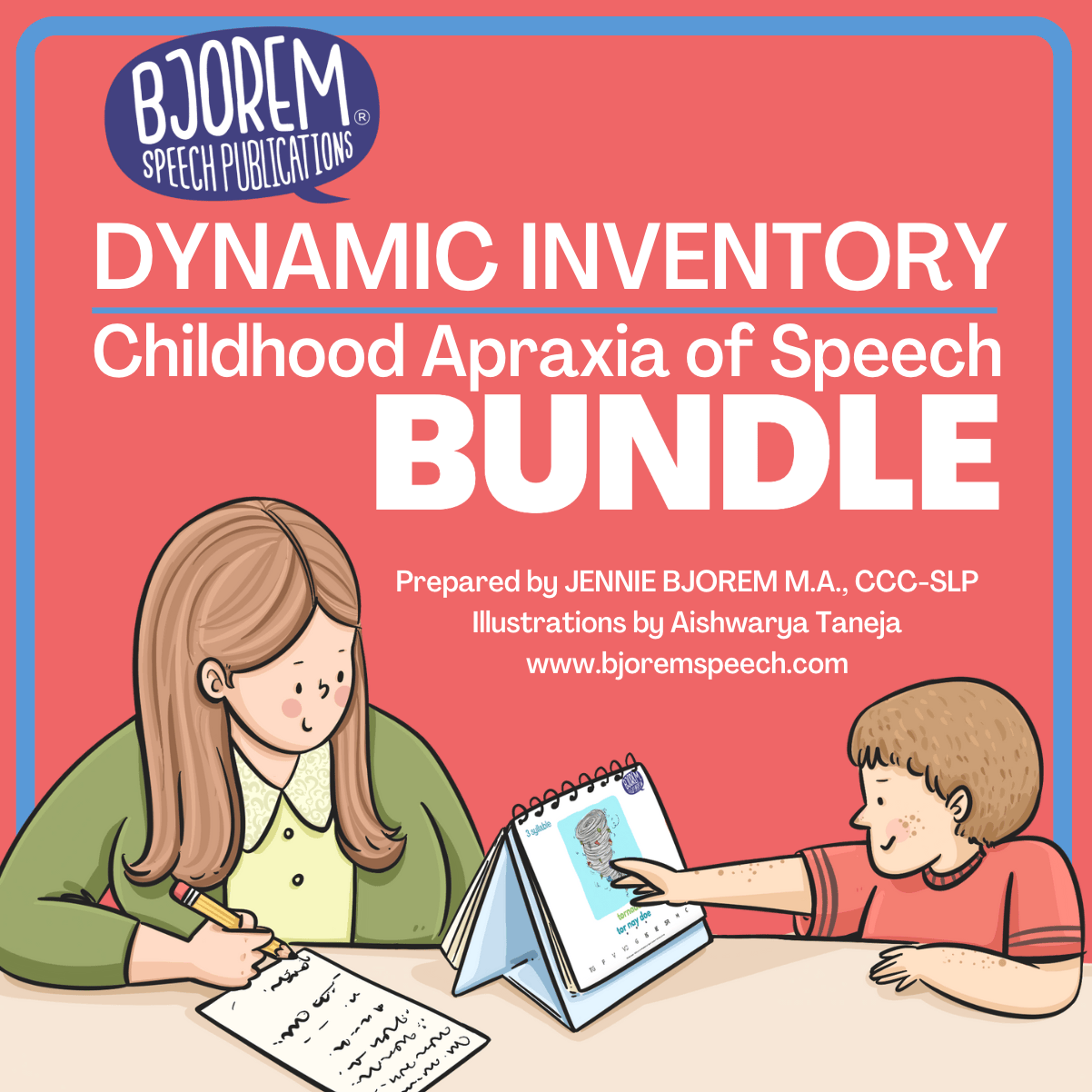
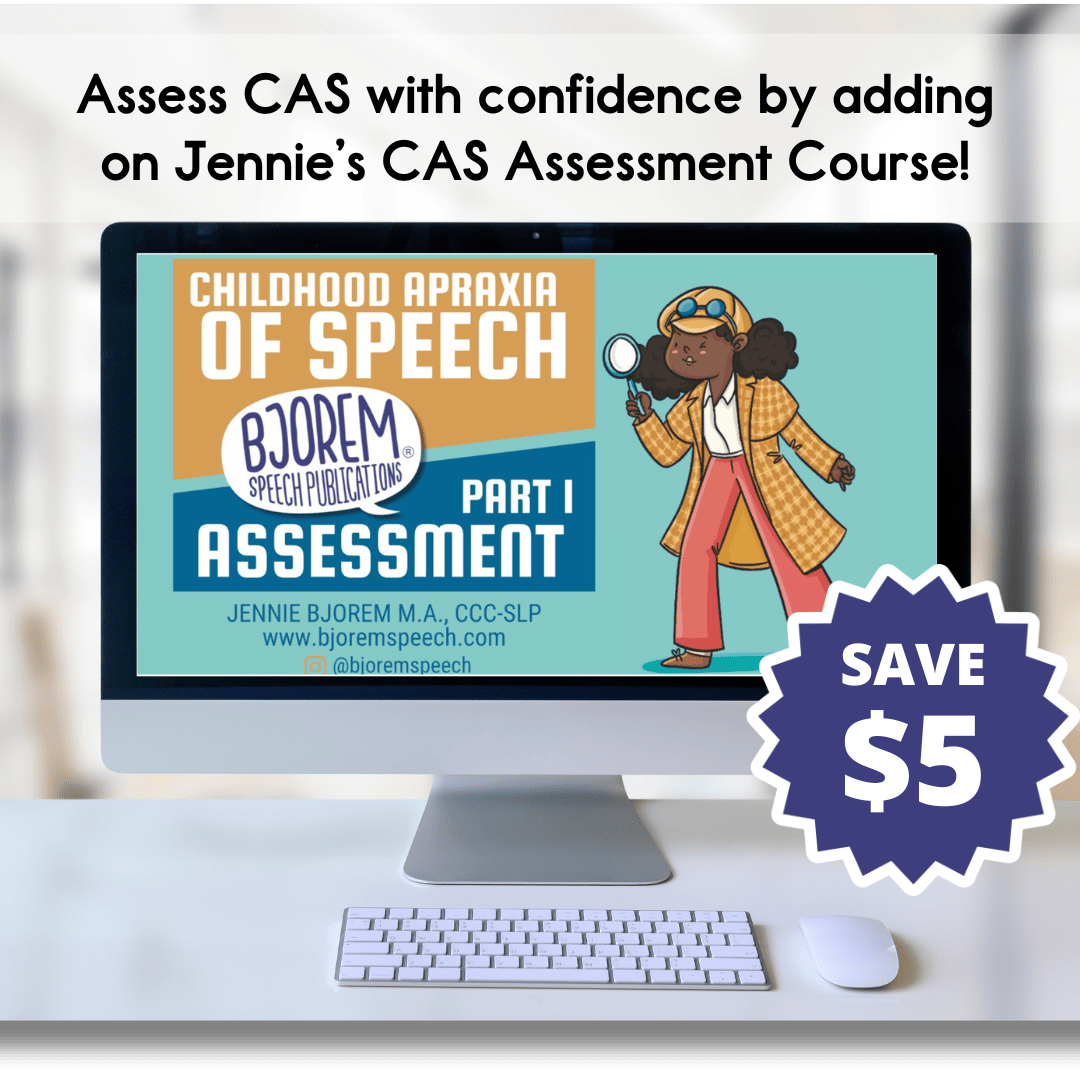
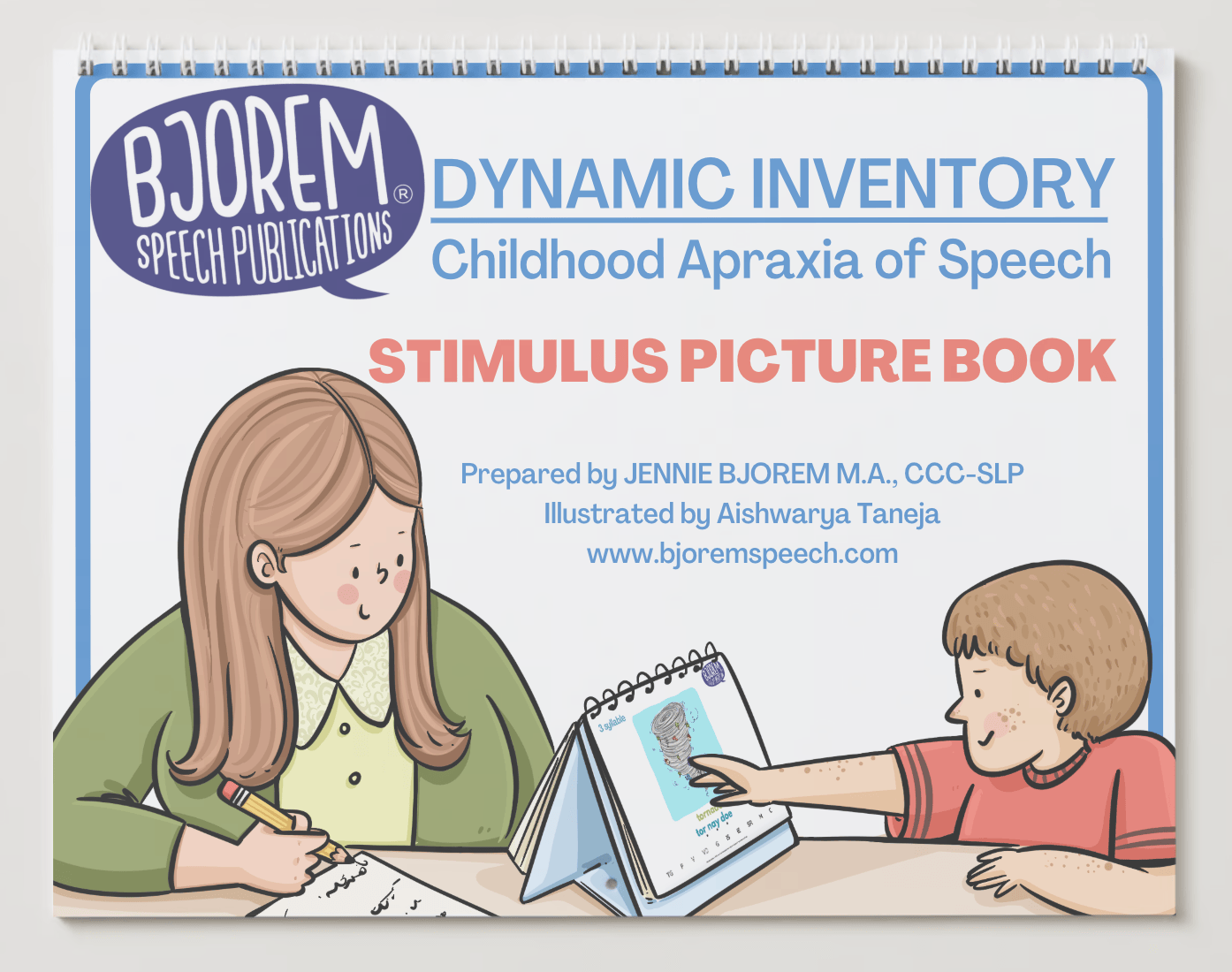
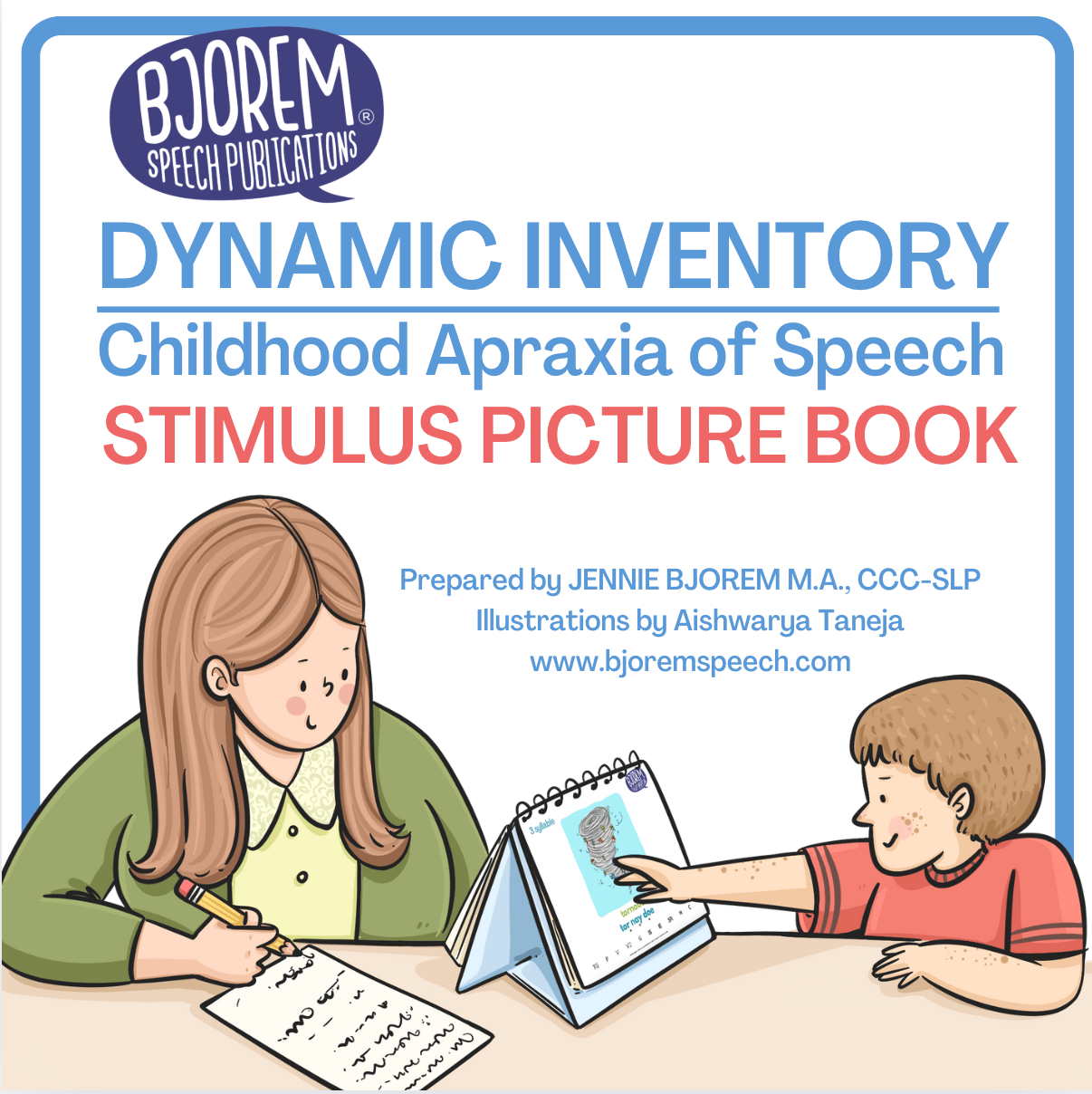
![[title]Stimulus Picture Book for Informal Assessment for Childhood Apraxia of Speech - Download](http://www.bjoremspeech.com/cdn/shop/products/Screenshot2023-03-22at4.39.03PM.png?v=1762557411&width=1000)
![[title]Stimulus Picture Book for Informal Assessment for Childhood Apraxia of Speech - Download](http://www.bjoremspeech.com/cdn/shop/products/Screenshot2023-03-22at4.43.28PM.png?v=1762557411&width=1002)
![[title]Stimulus Picture Book for Informal Assessment for Childhood Apraxia of Speech - Download](http://www.bjoremspeech.com/cdn/shop/products/Screenshot2023-03-22at4.06.30PM_fd2076c8-a19c-4986-bd79-55c6ba969818.png?v=1762557412&width=1000)
![[title]OH NO! Poo Poo! Make & Take Book Companion Download](http://www.bjoremspeech.com/cdn/shop/files/3_0413418d-5a4f-4c86-a8bb-4dcc35fac8df.png?v=1762557520&width=2160)
![[title]OH NO! Poo Poo! Make & Take Book Companion Download](http://www.bjoremspeech.com/cdn/shop/products/IMG_A3C145153376-1.jpg?v=1723038311&width=1088)
![[title]OH NO! Poo Poo! Make & Take Book Companion Download](http://www.bjoremspeech.com/cdn/shop/products/1_Make_and_Take.jpg?v=1762557513&width=2400)
![[title]OH NO! Poo Poo! Make & Take Book Companion Download](http://www.bjoremspeech.com/cdn/shop/products/Screen_Shot_2020-02-08_at_2.53.46_PM.png?v=1762557508&width=718)

![[title]Childhood Apraxia of Speech Evaluation Report Template - Download](http://www.bjoremspeech.com/cdn/shop/products/Screen_Shot_2019-12-31_at_2.21.46_PM.png?v=1762557413&width=452)
![[title]Childhood Apraxia of Speech Evaluation Report Template - Download](http://www.bjoremspeech.com/cdn/shop/products/Screen_Shot_2019-12-31_at_2.21.29_PM.png?v=1762557414&width=454)
![[title]Childhood Apraxia of Speech Evaluation Report Template - Download](http://www.bjoremspeech.com/cdn/shop/products/Screen_Shot_2019-12-31_at_2.21.56_PM.png?v=1762557416&width=452)
